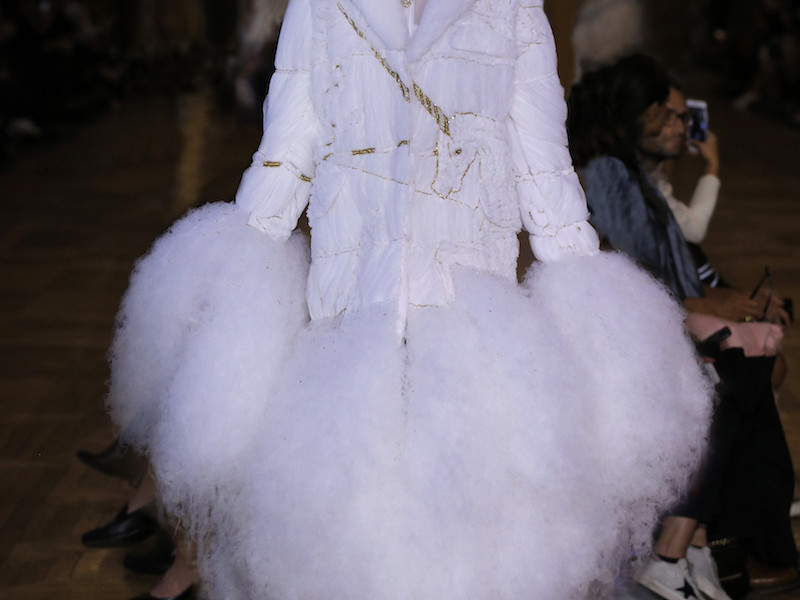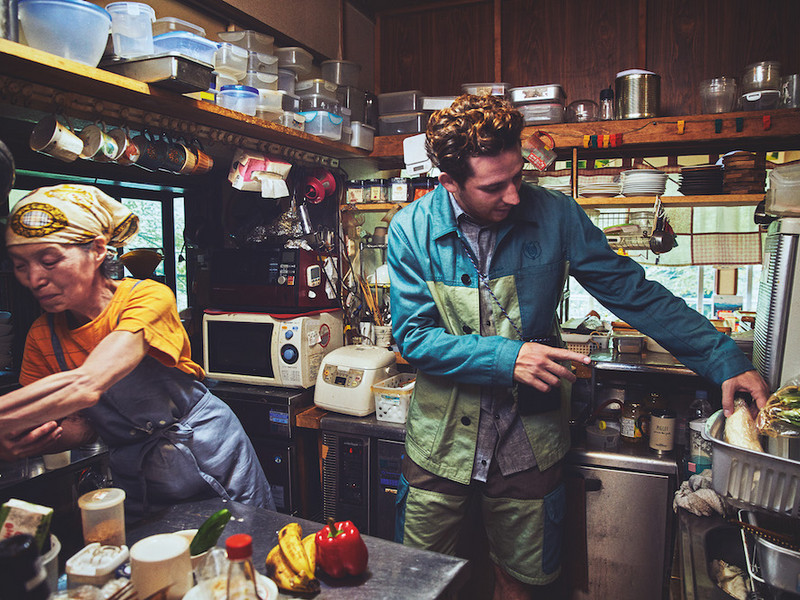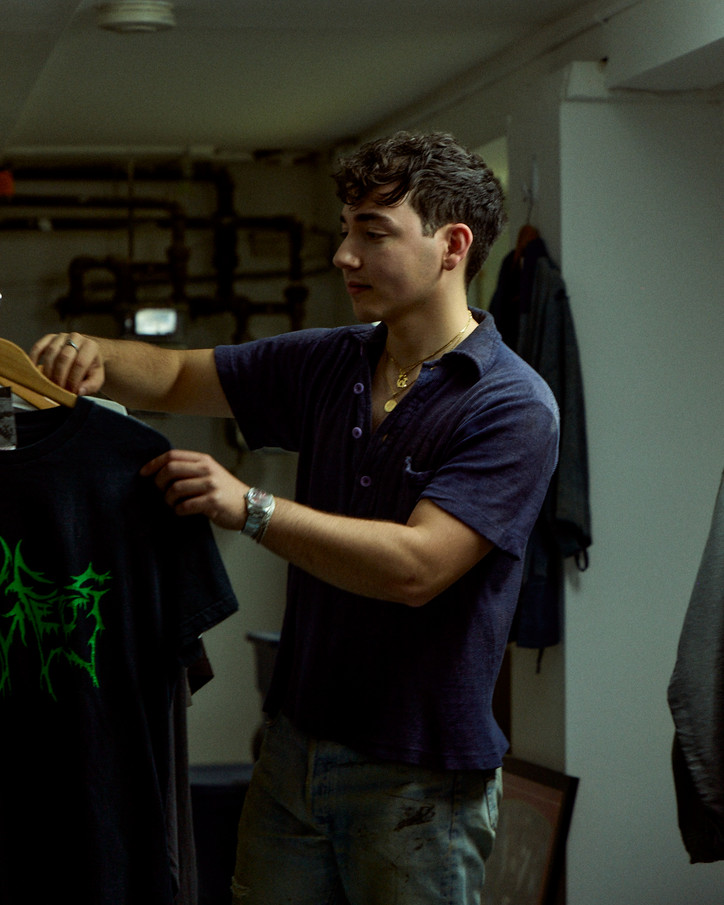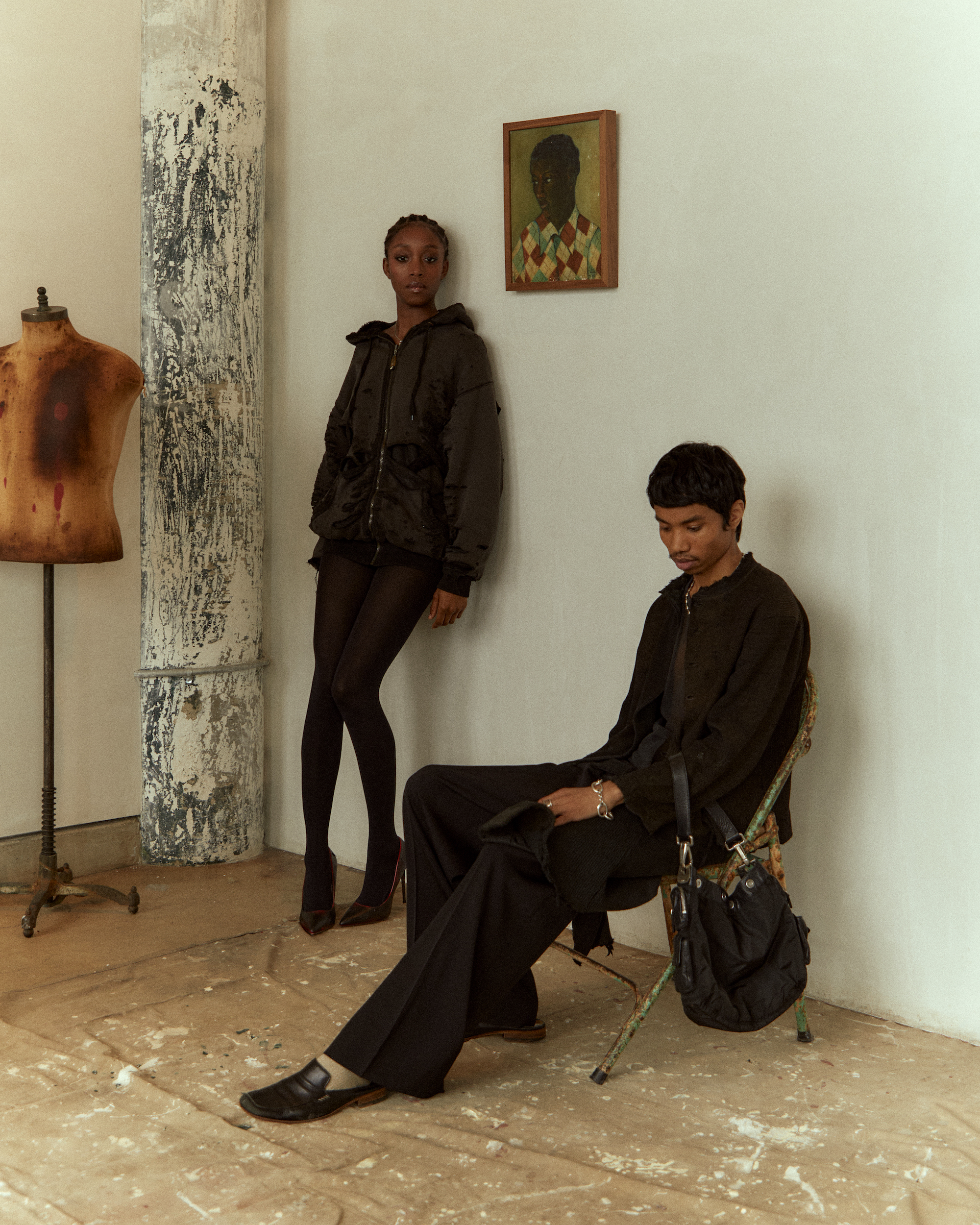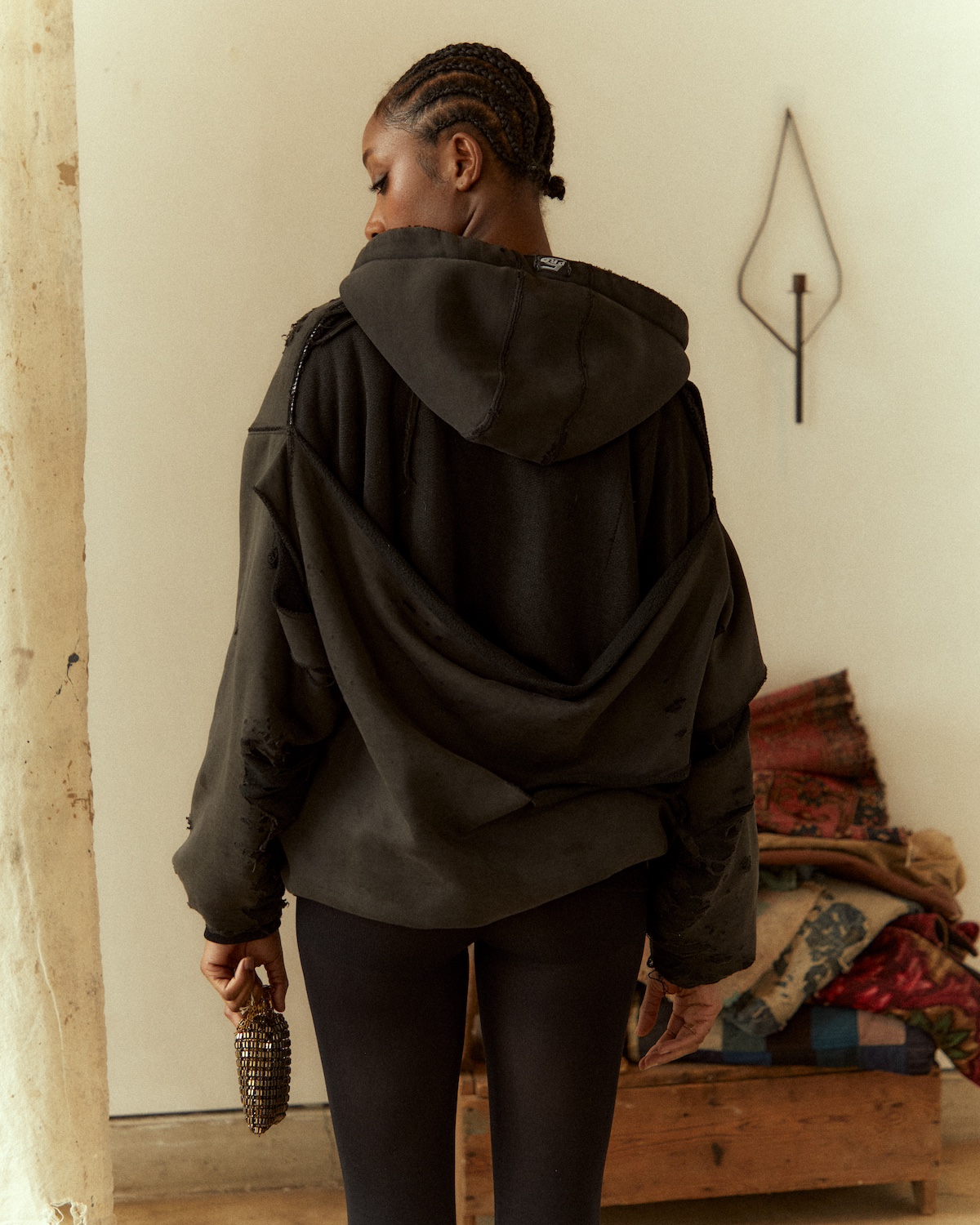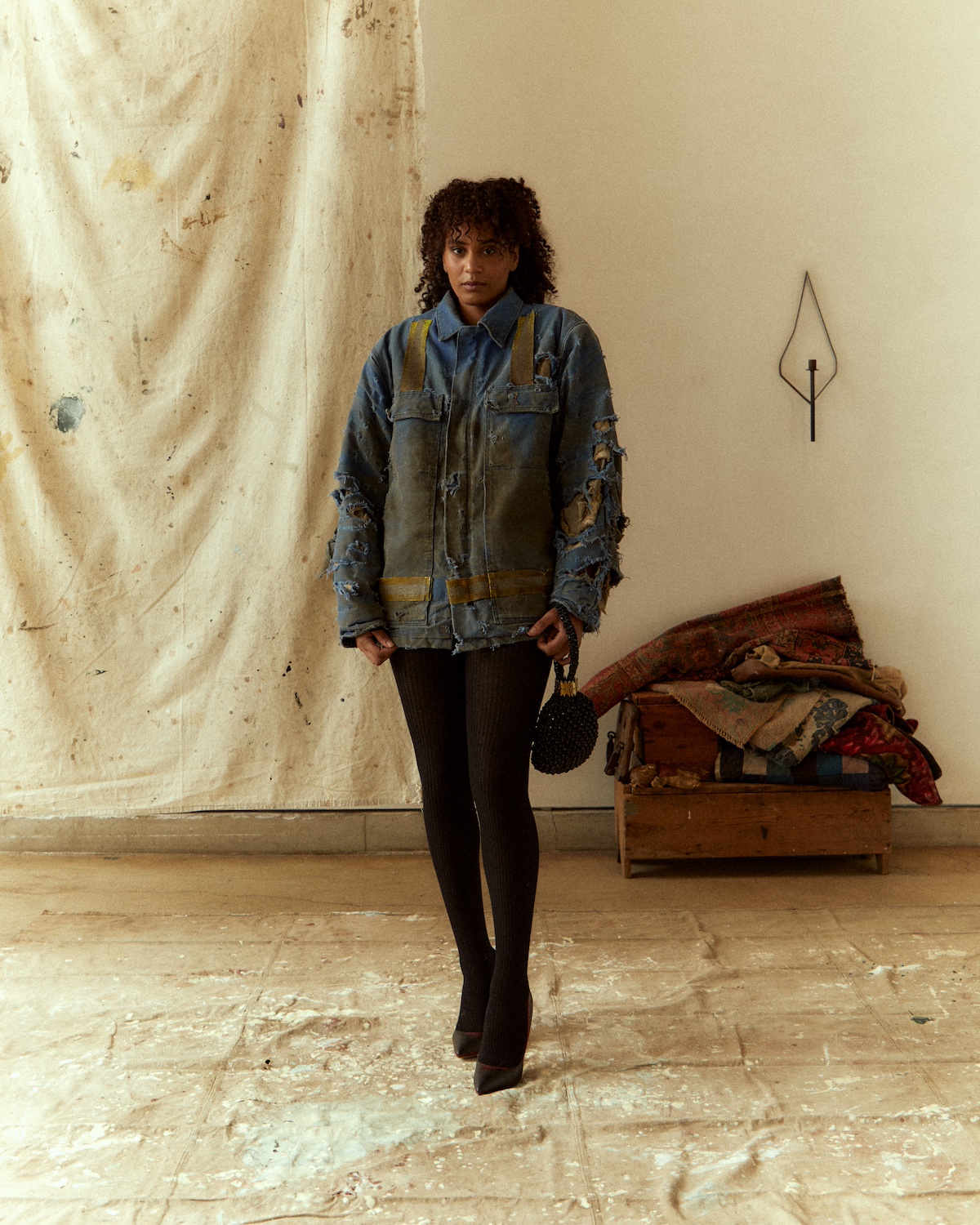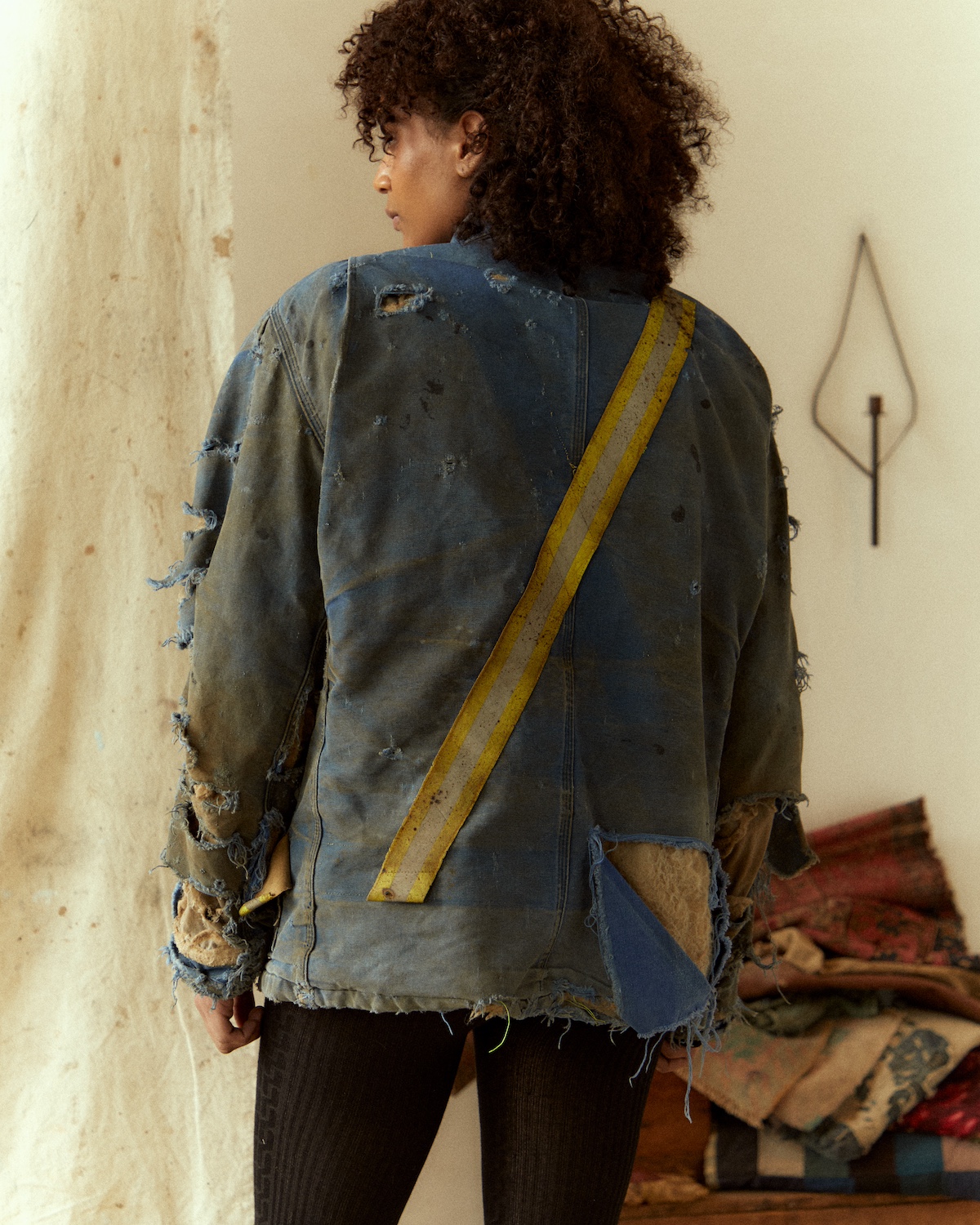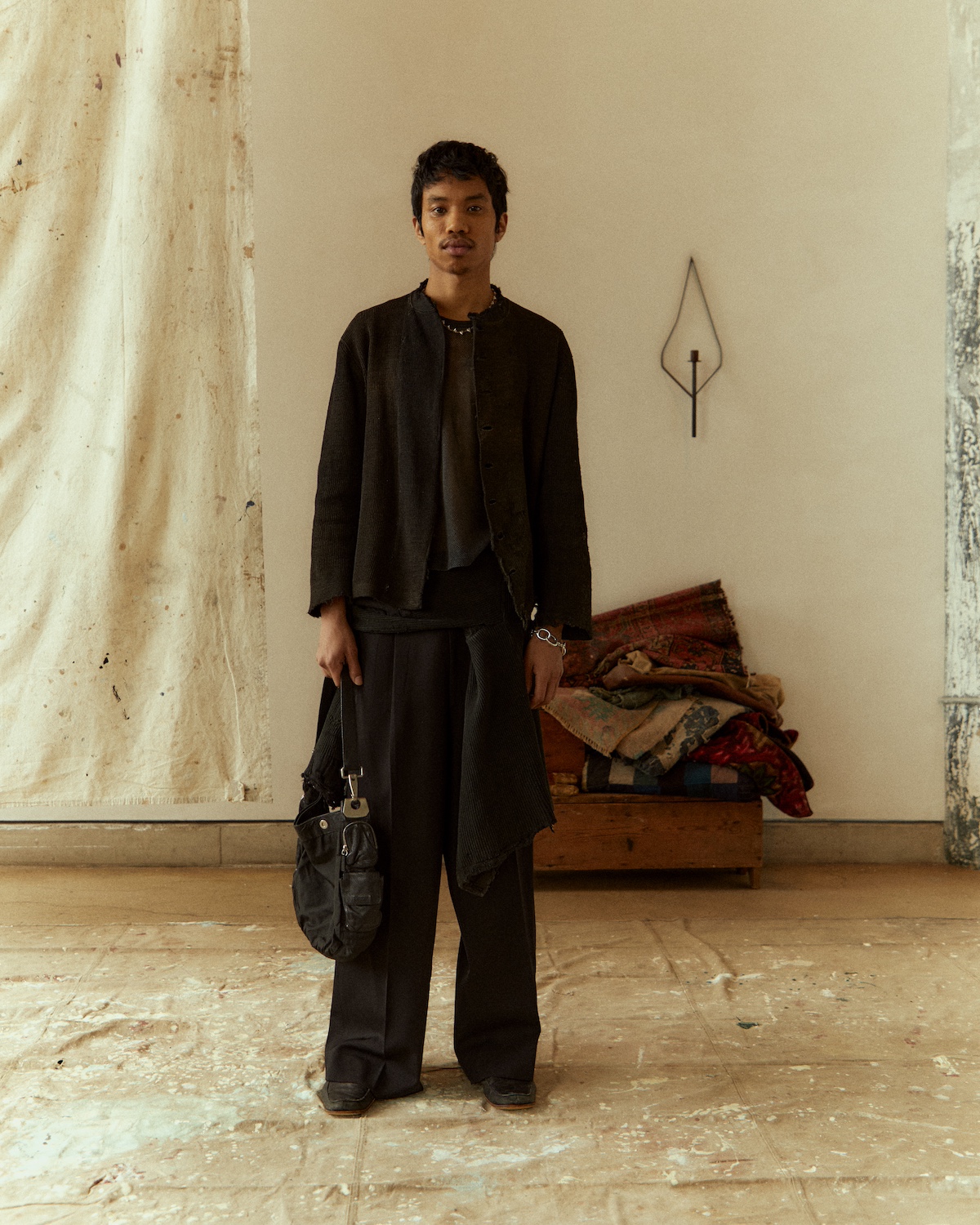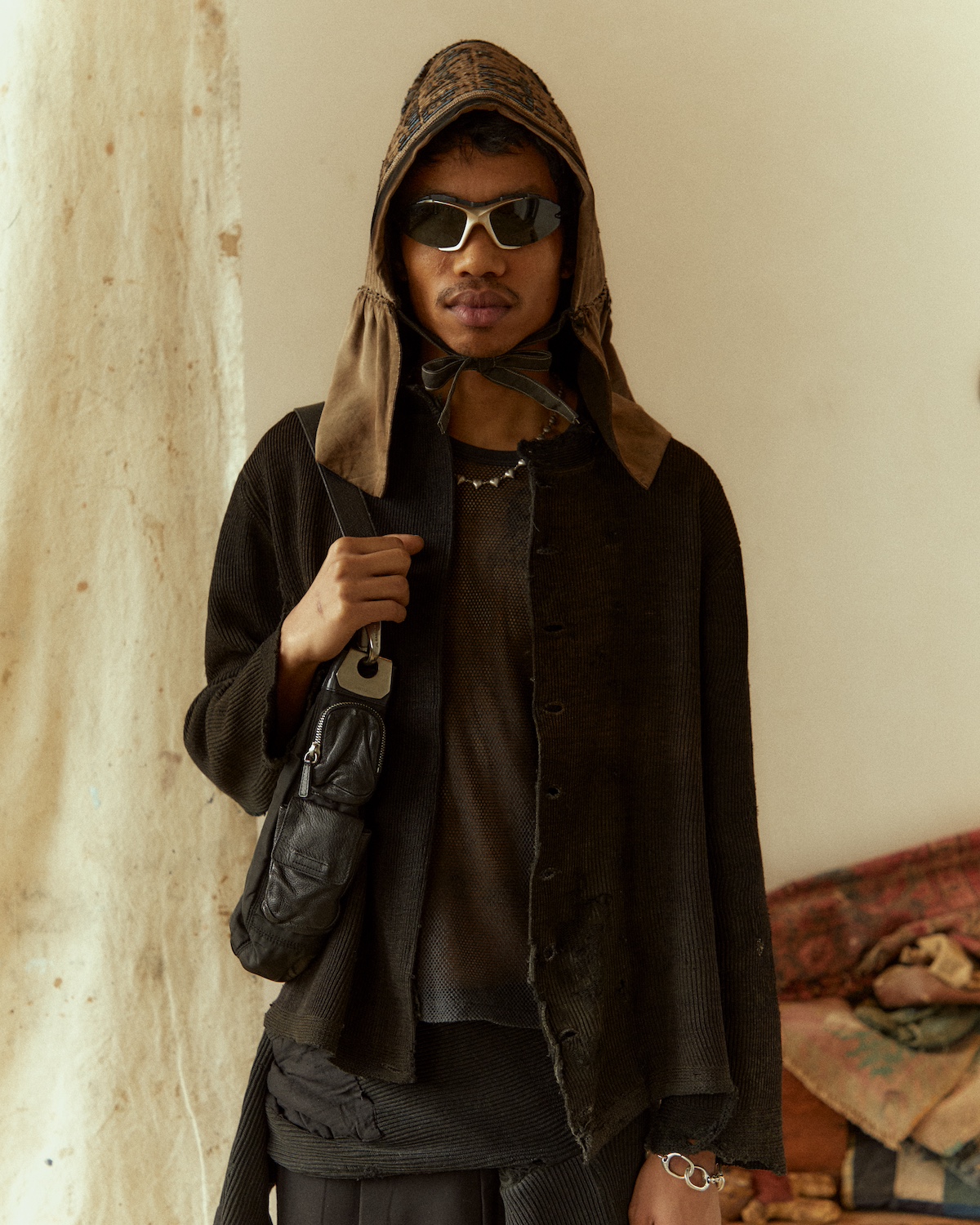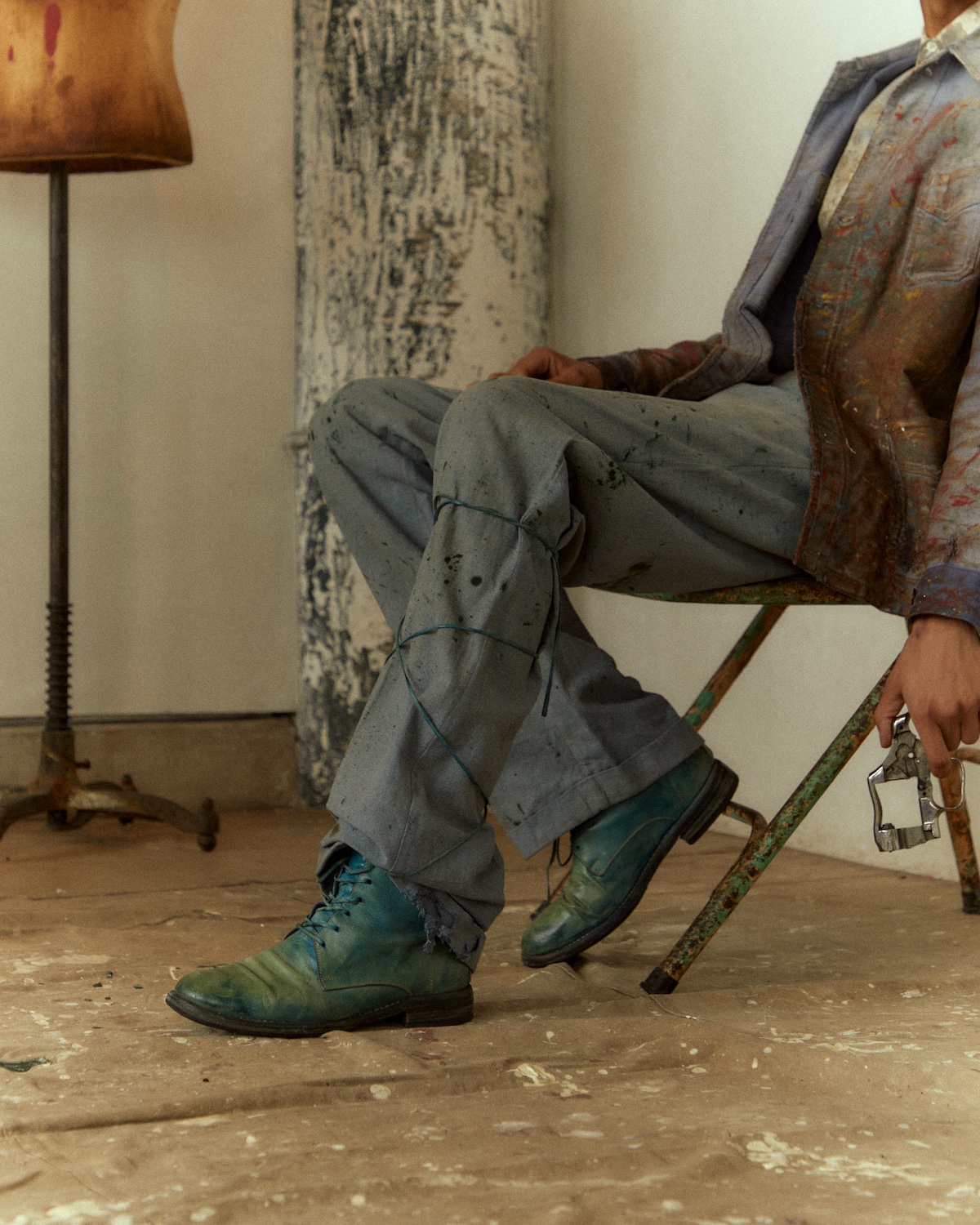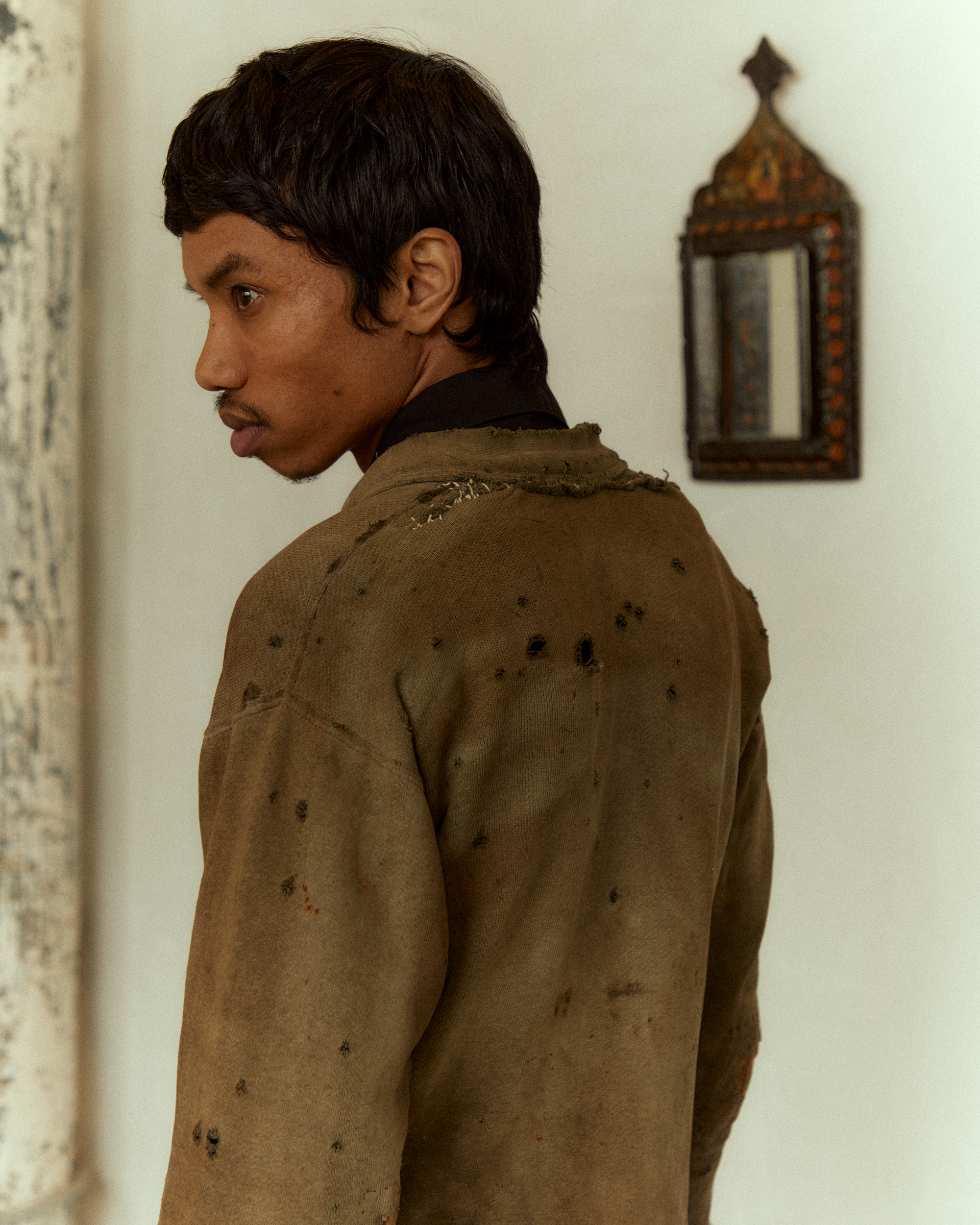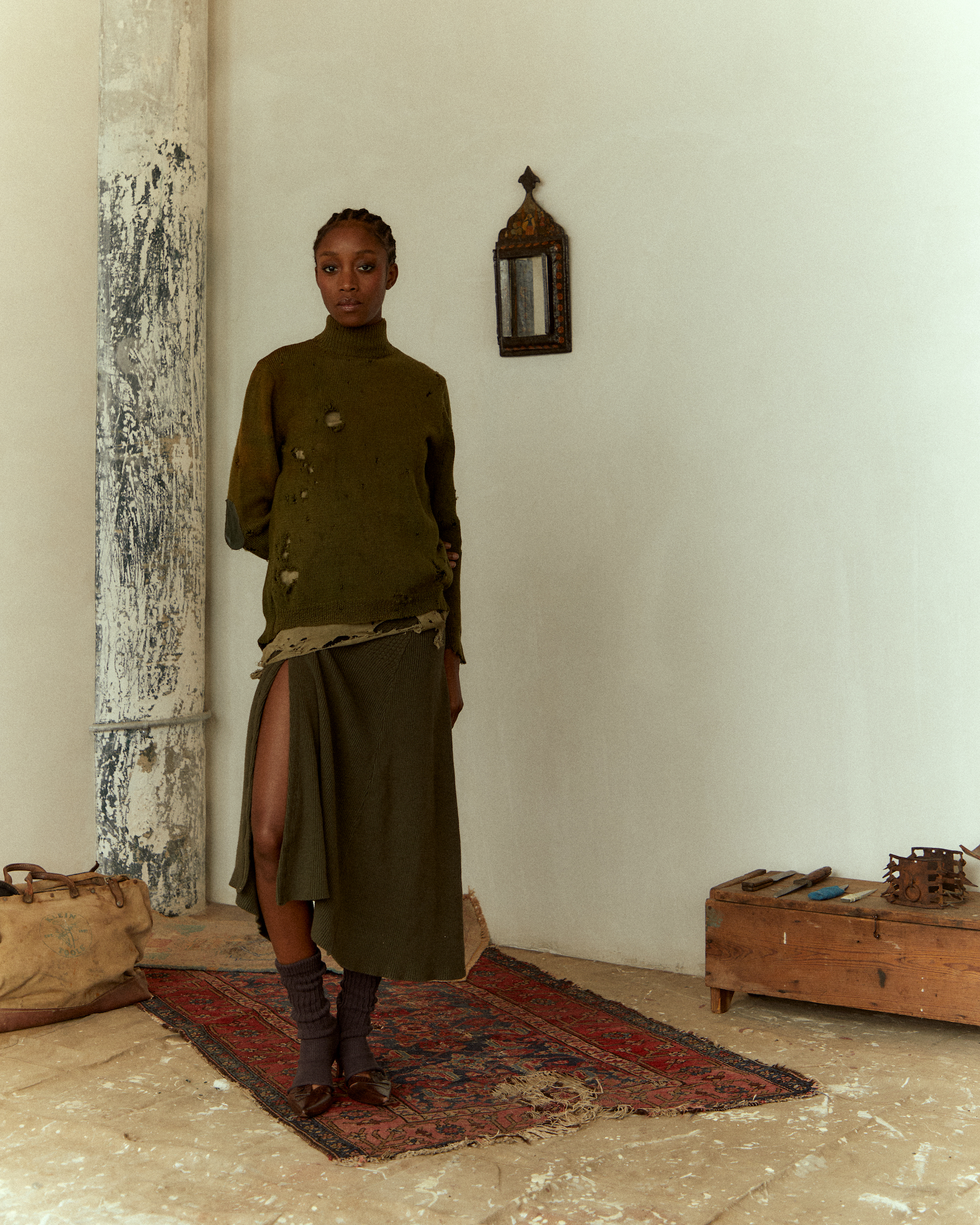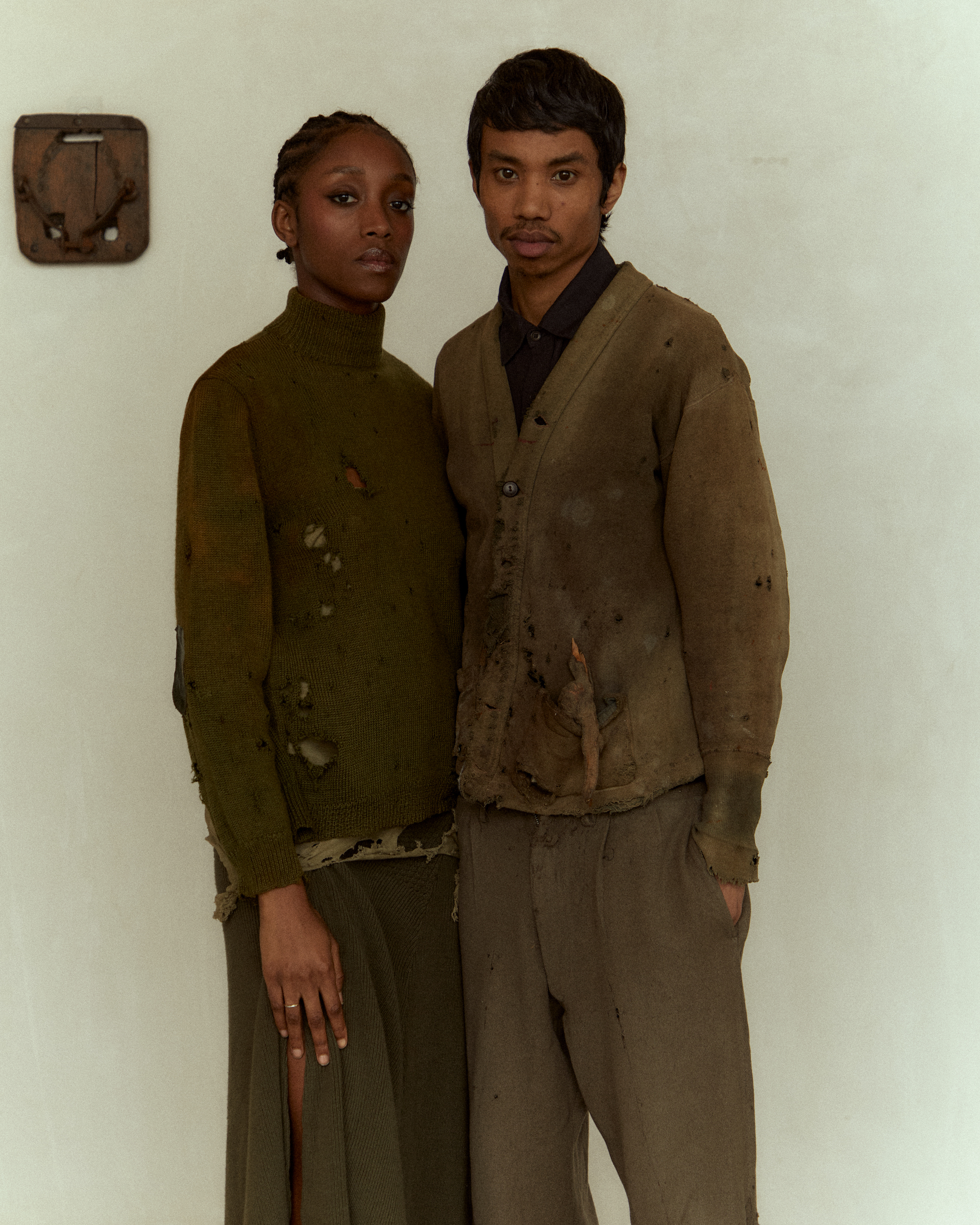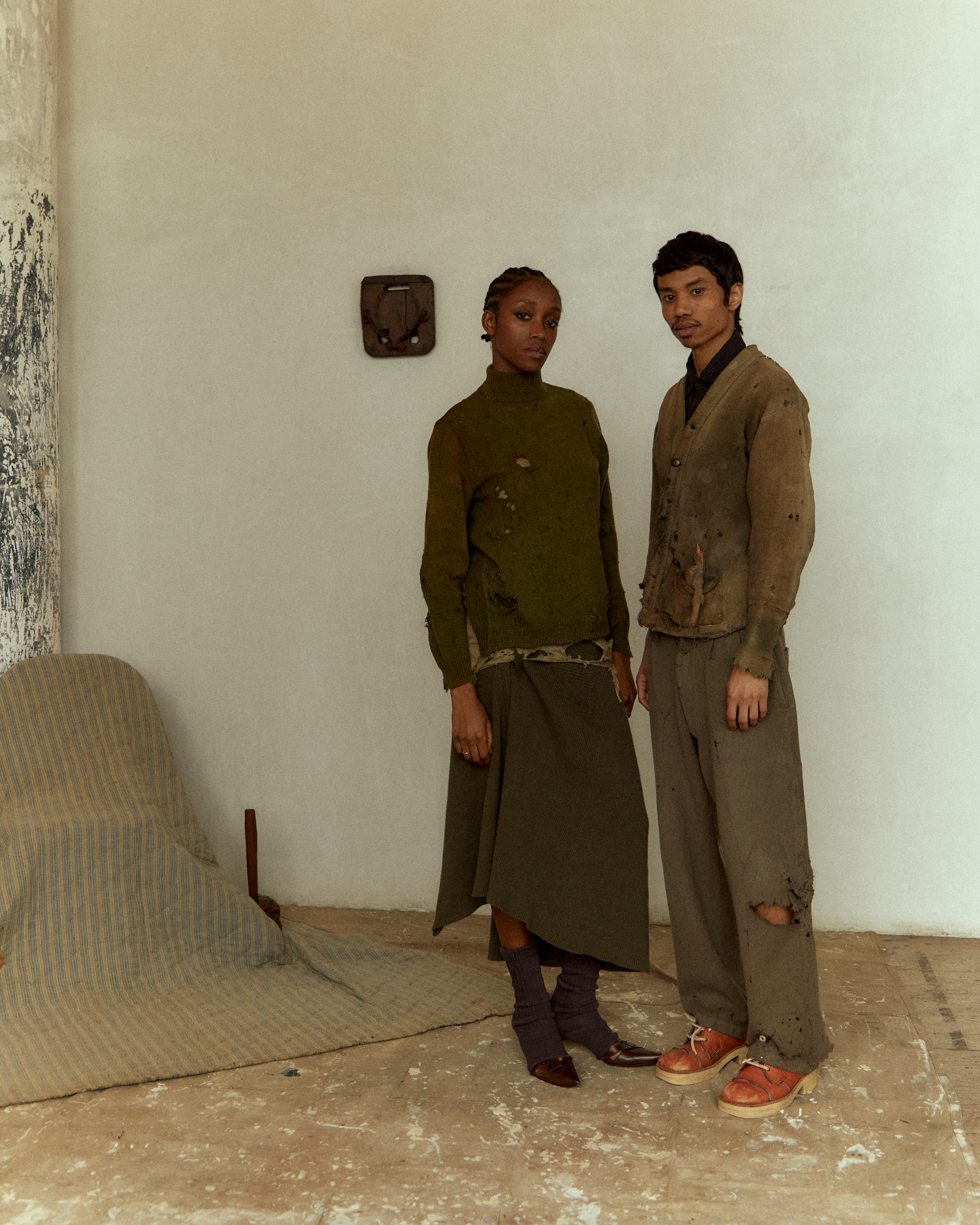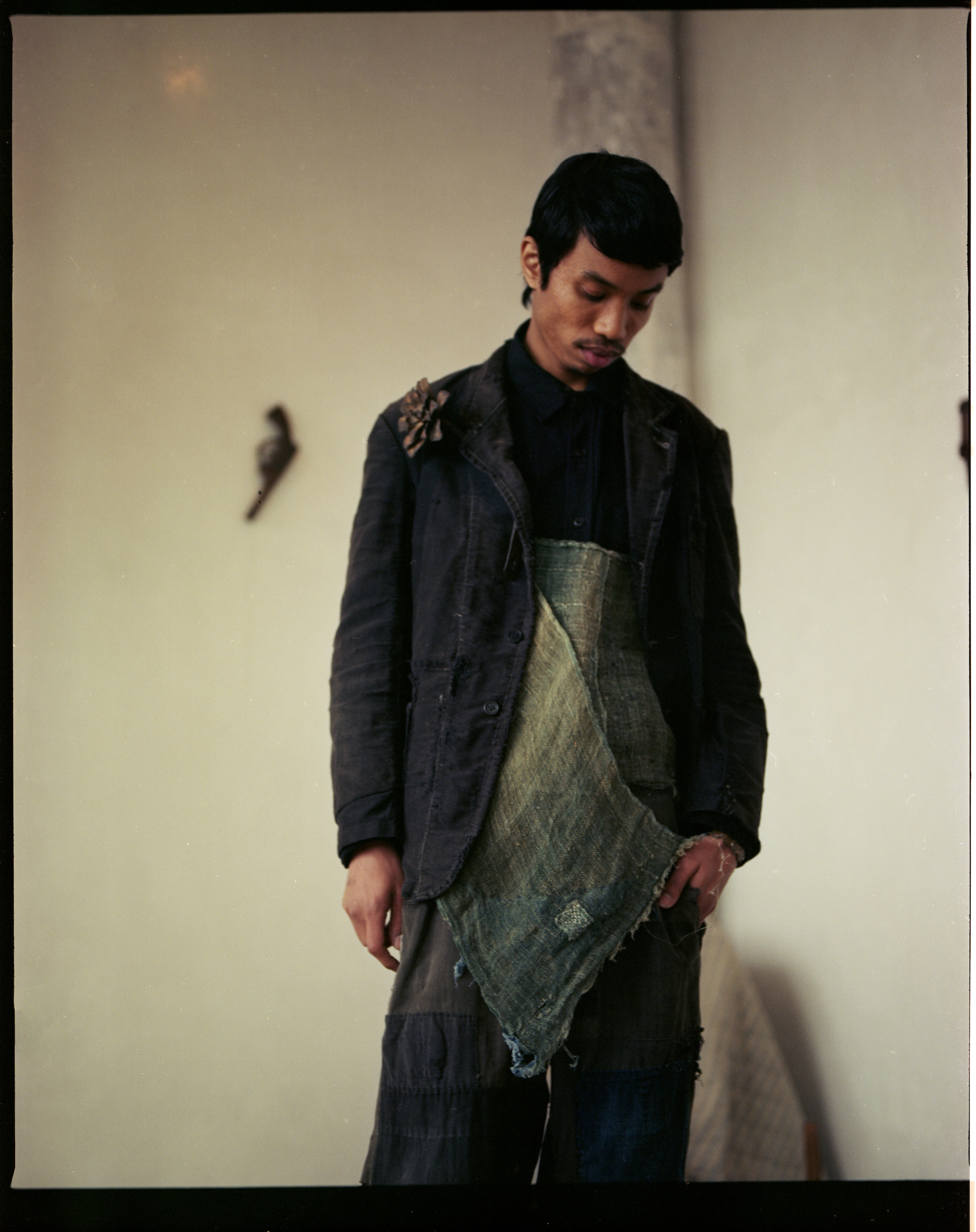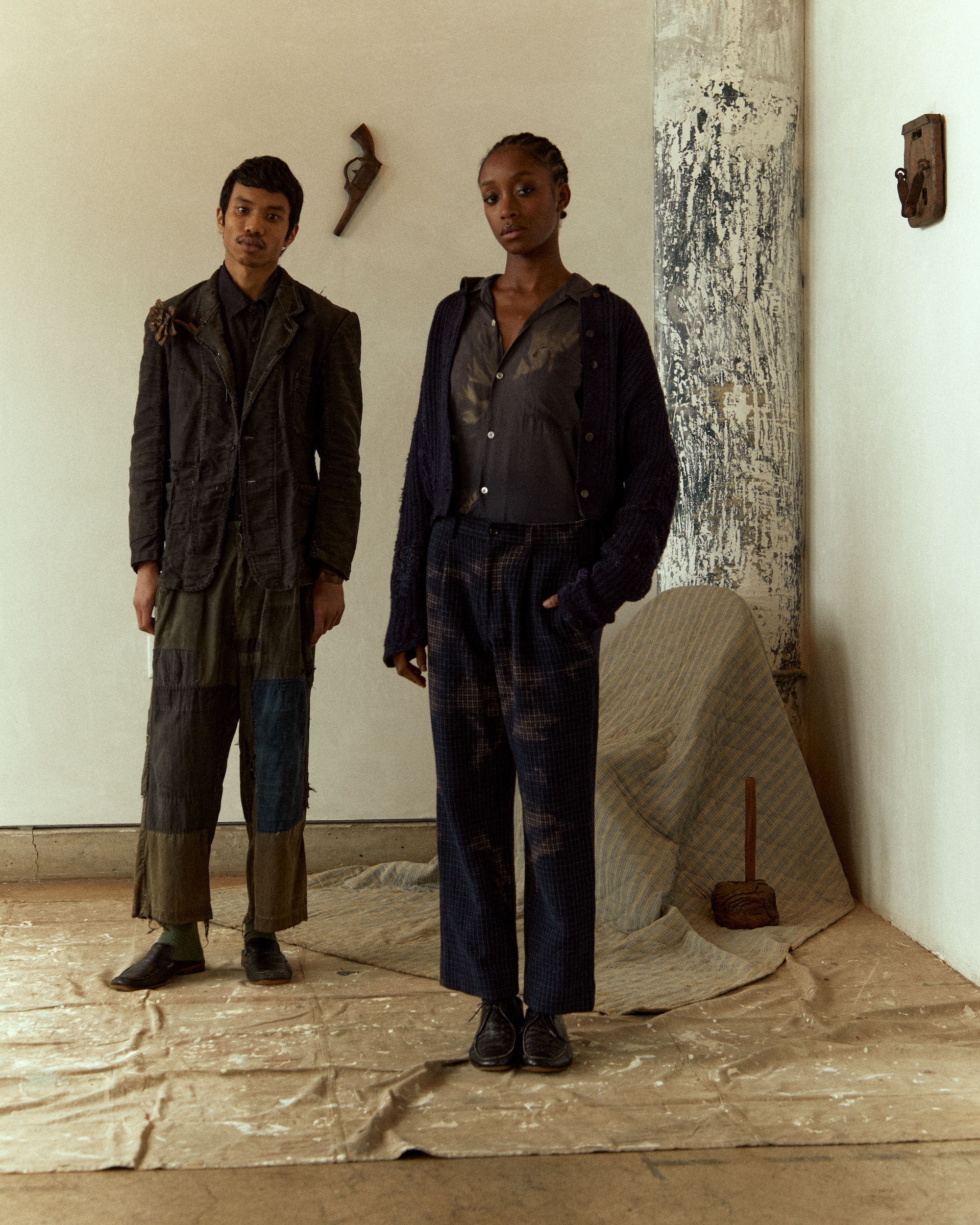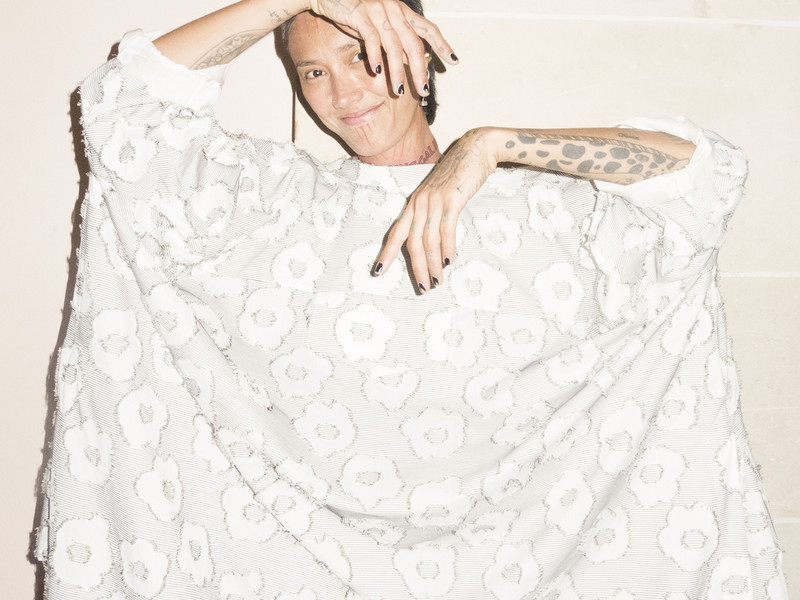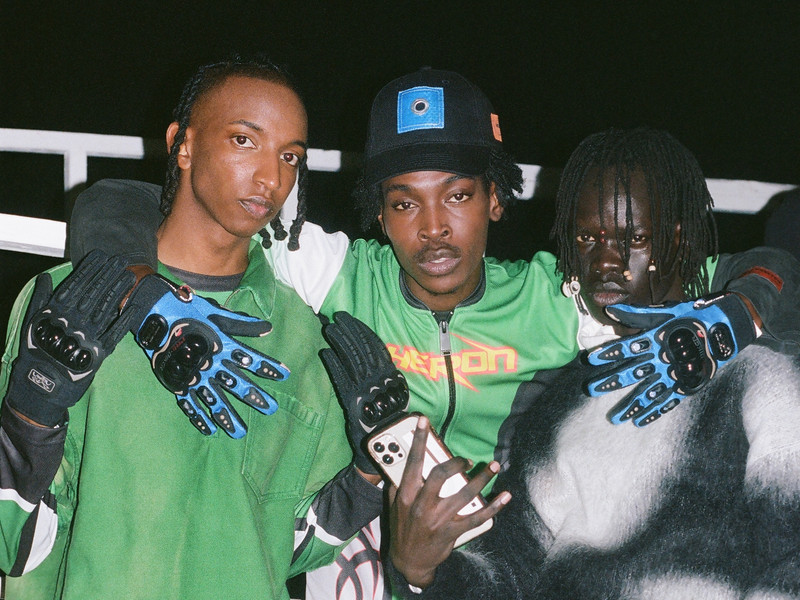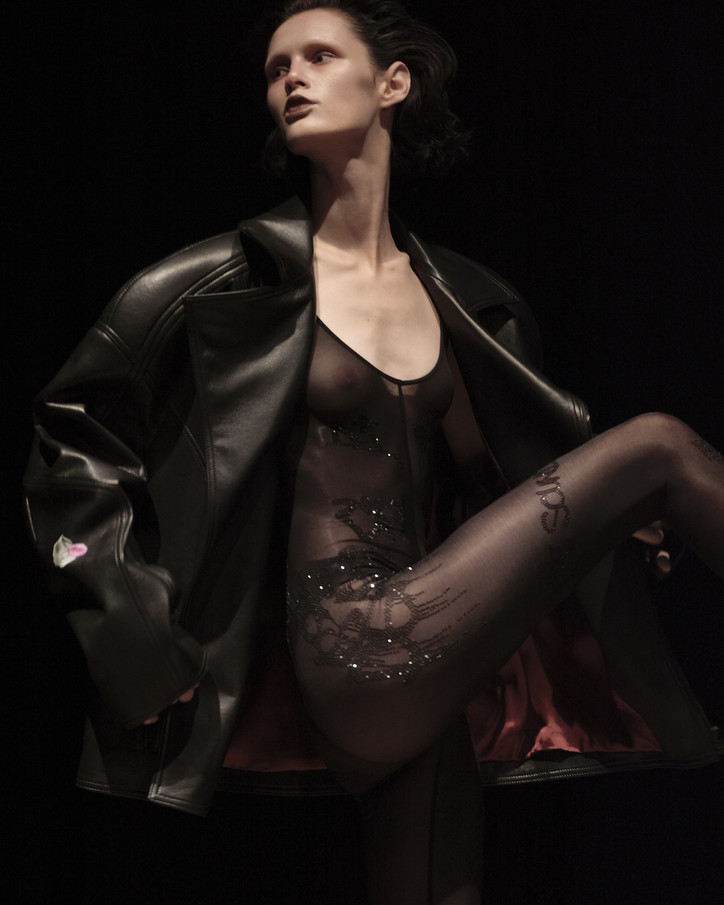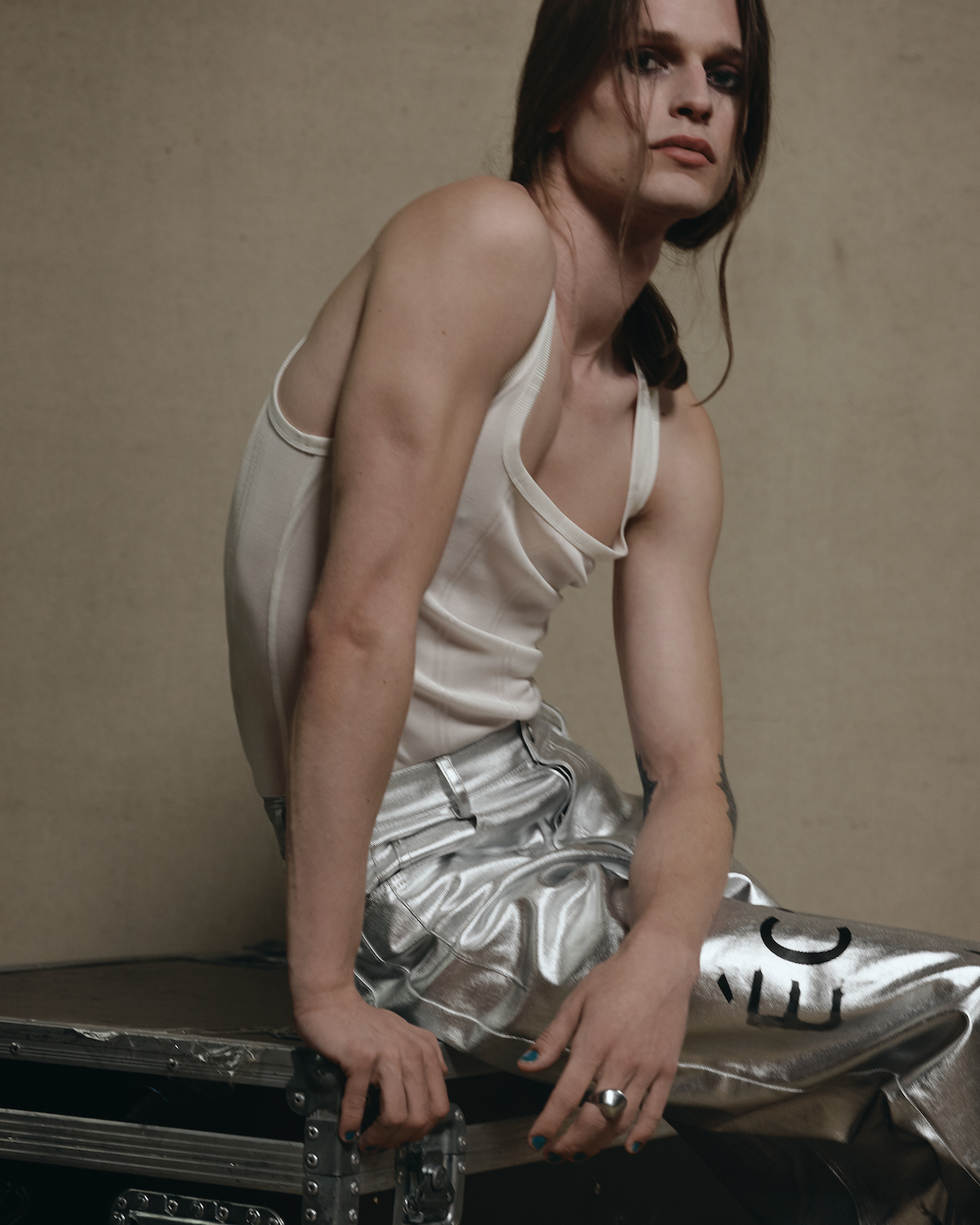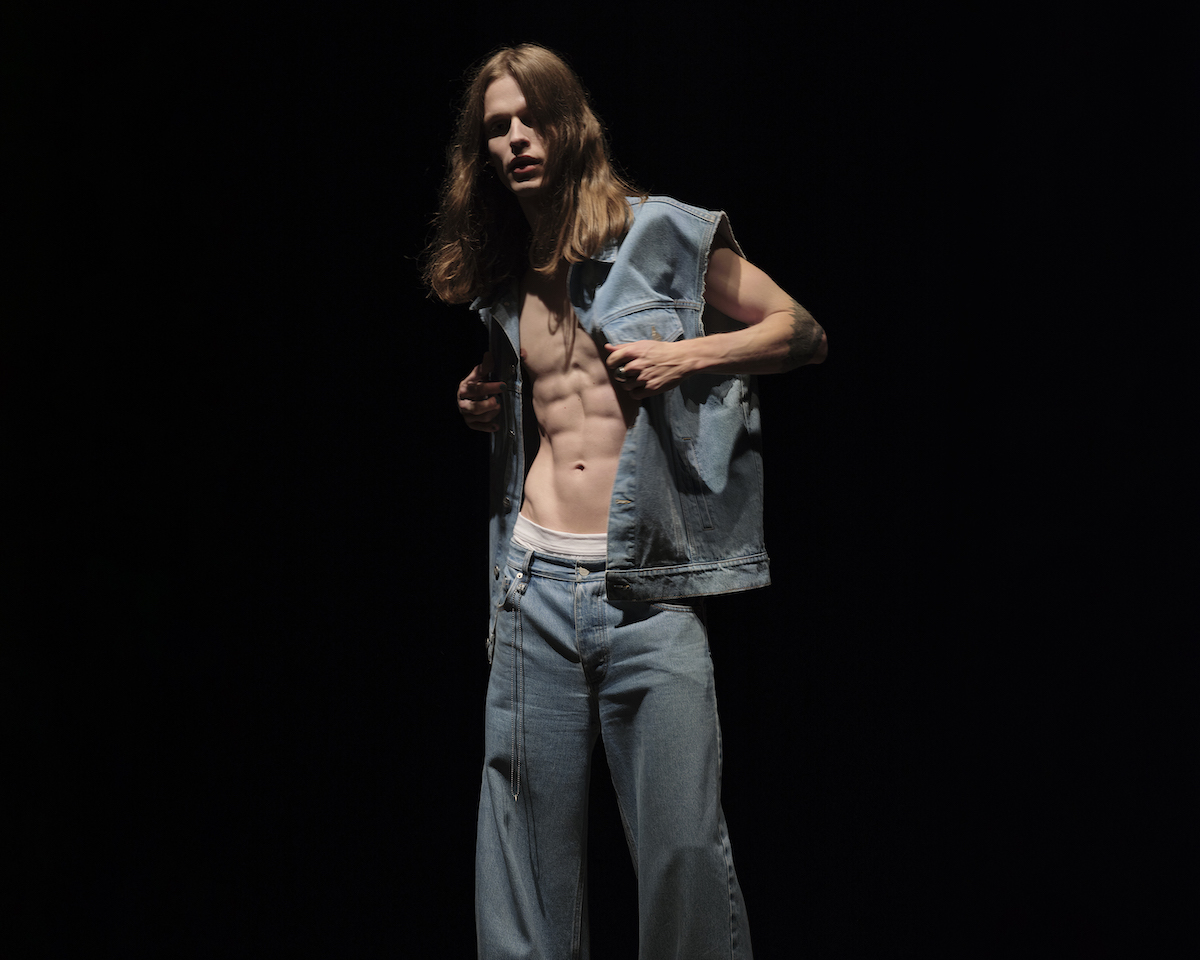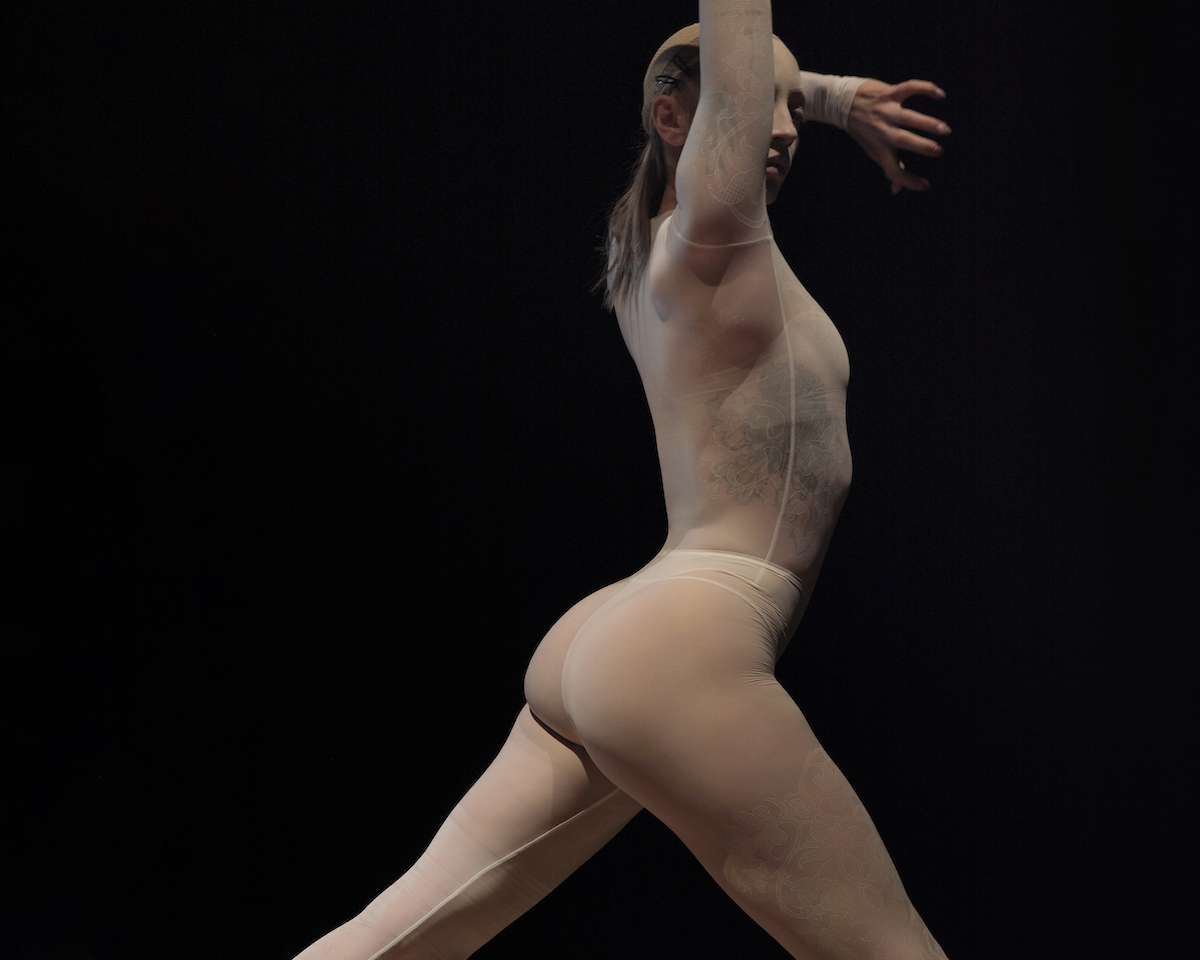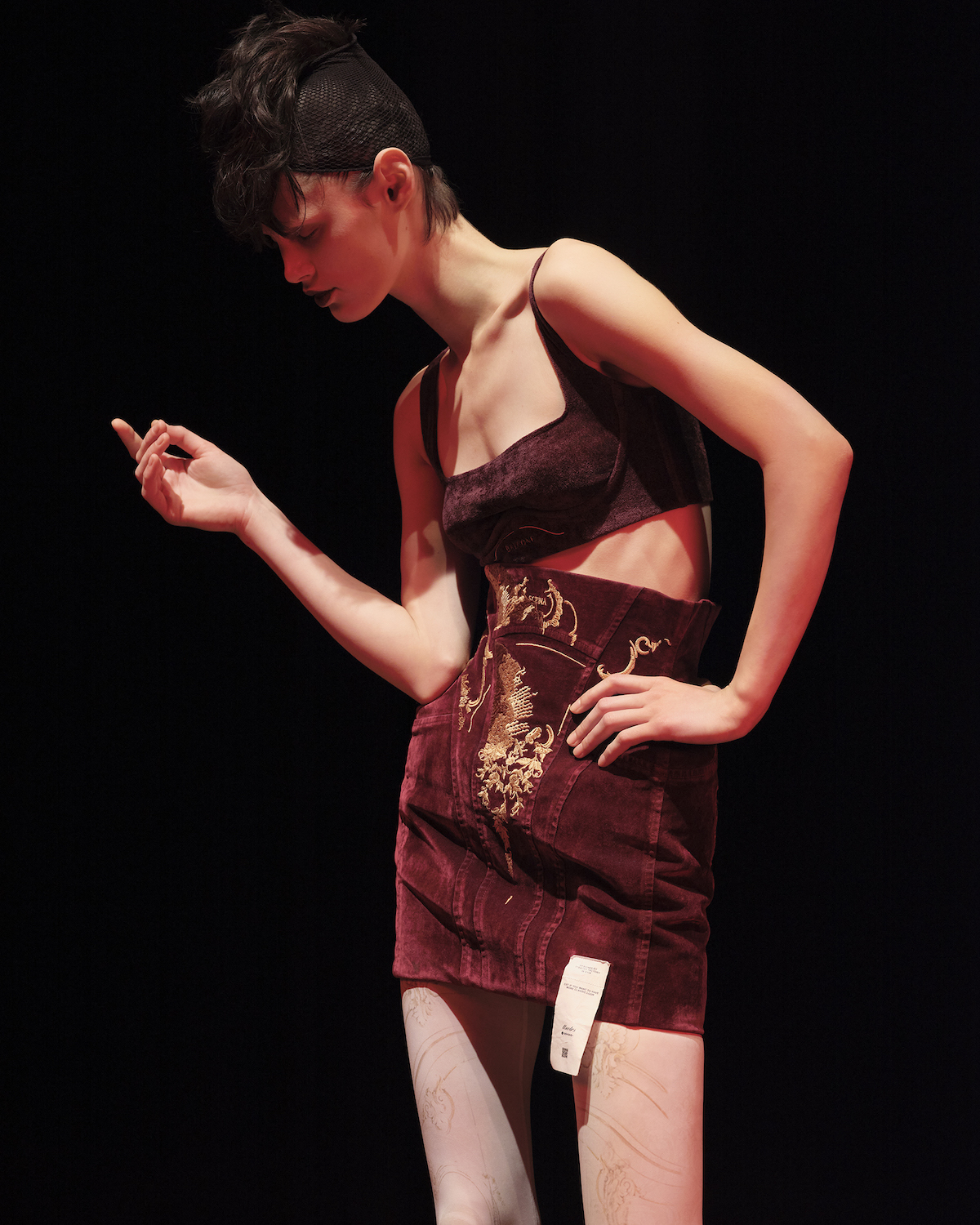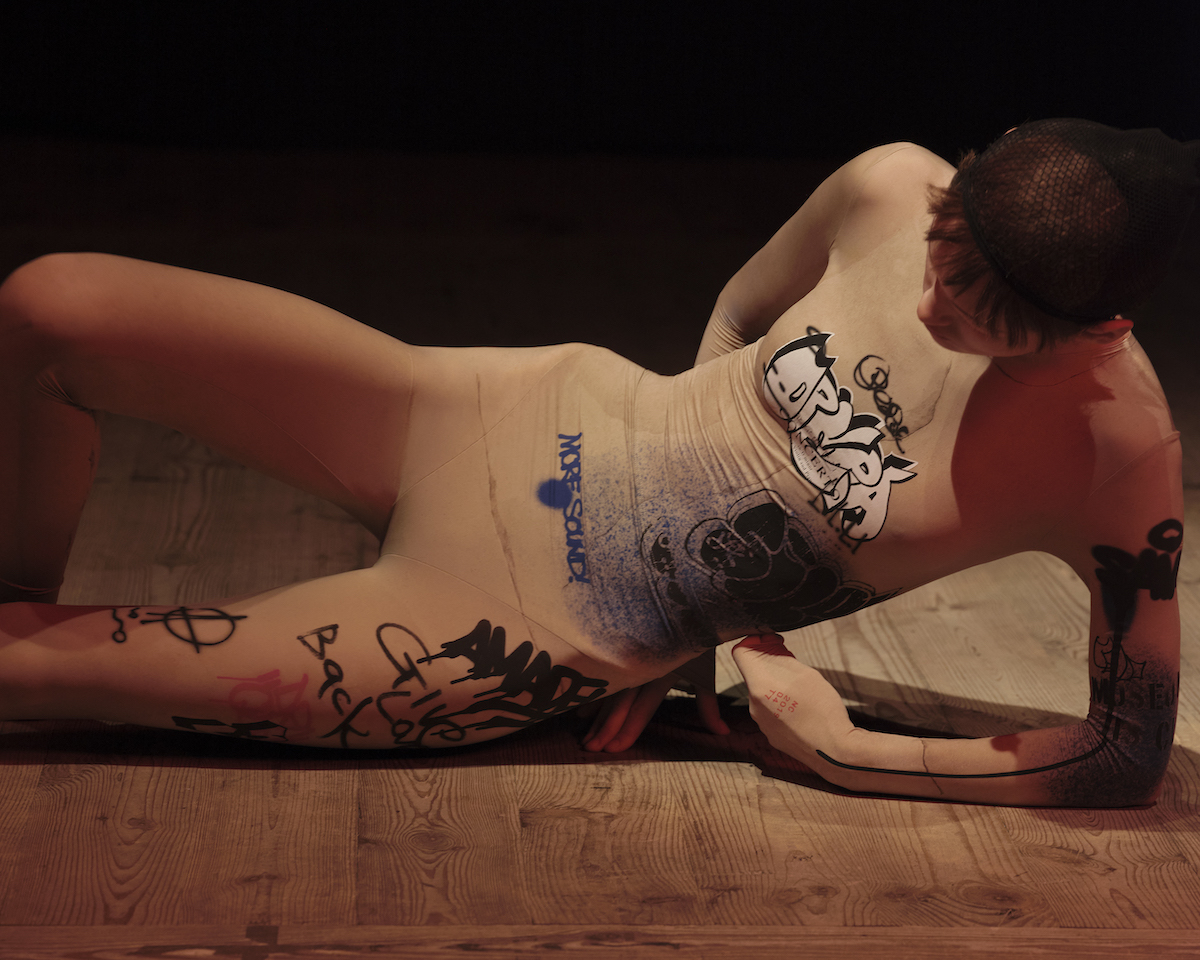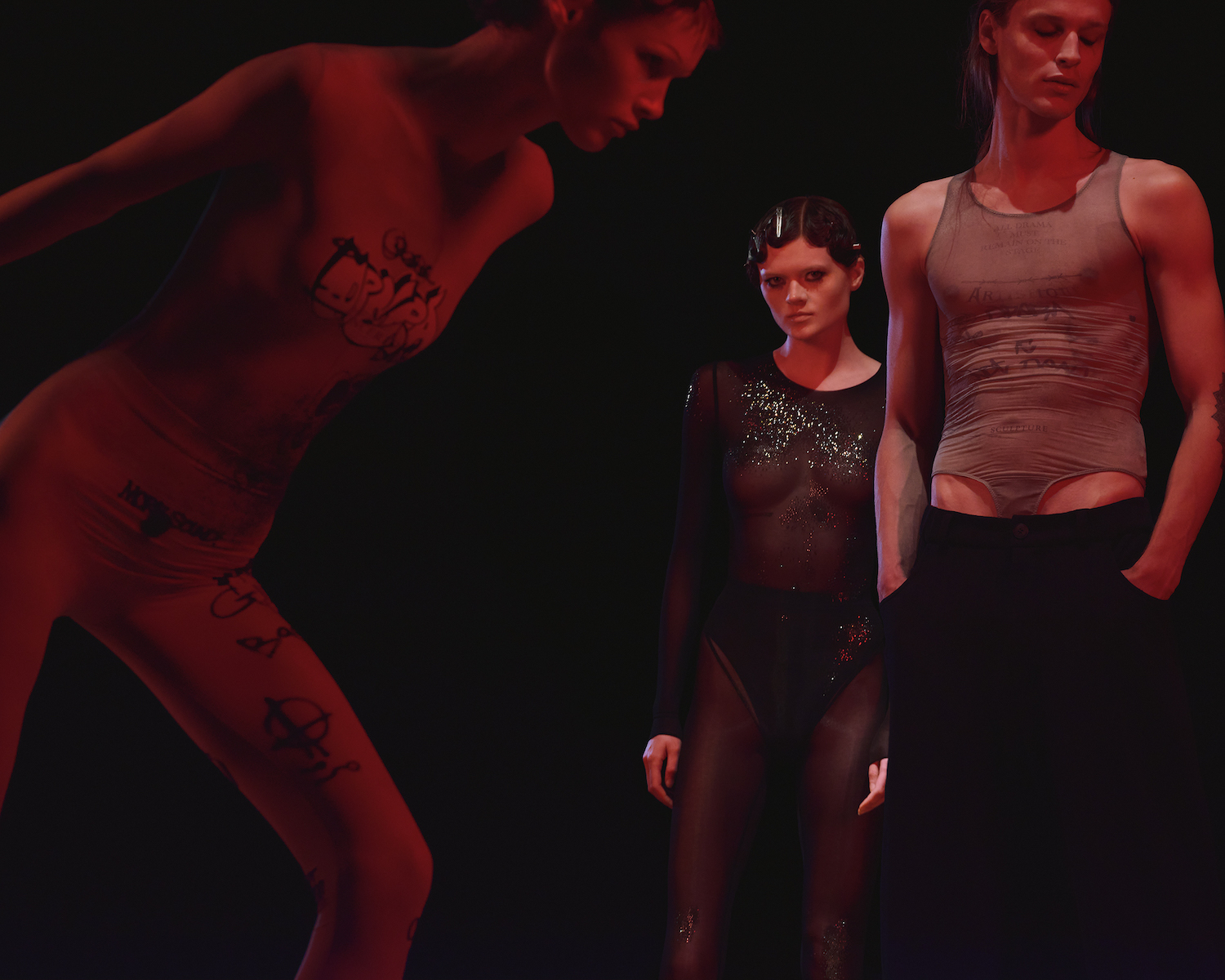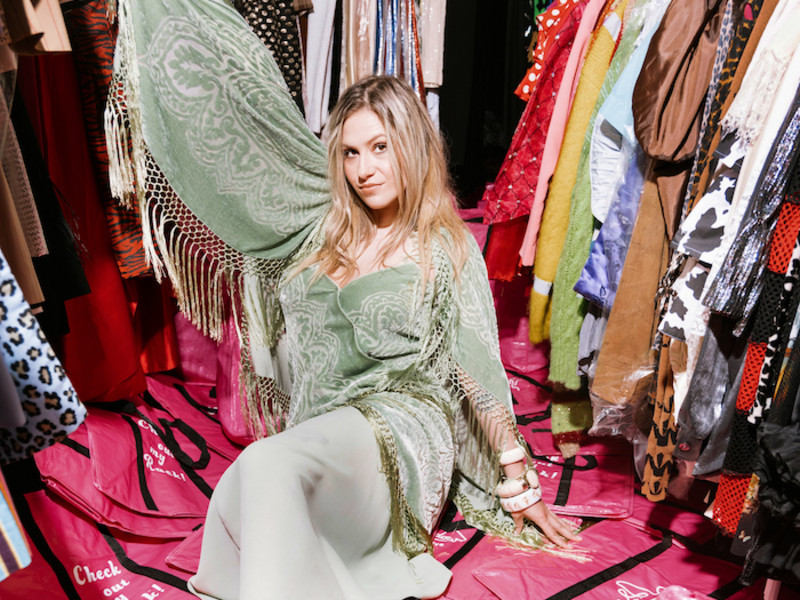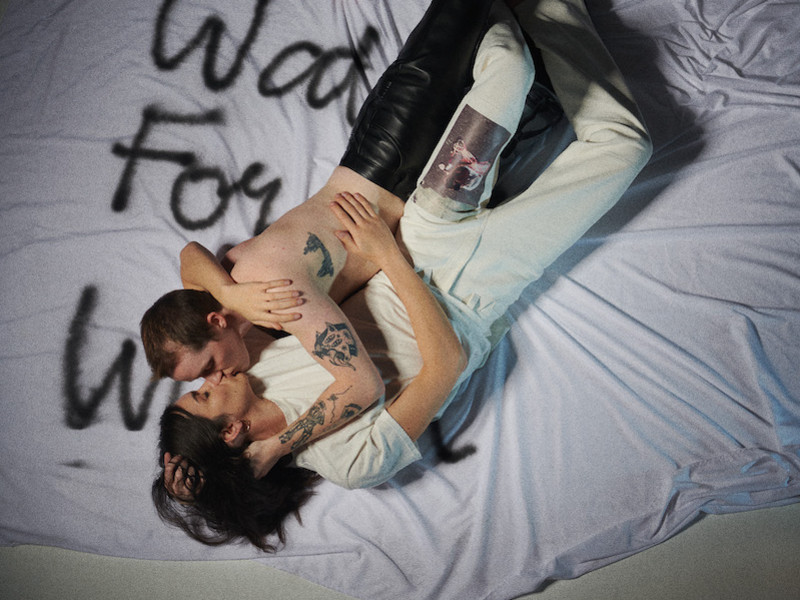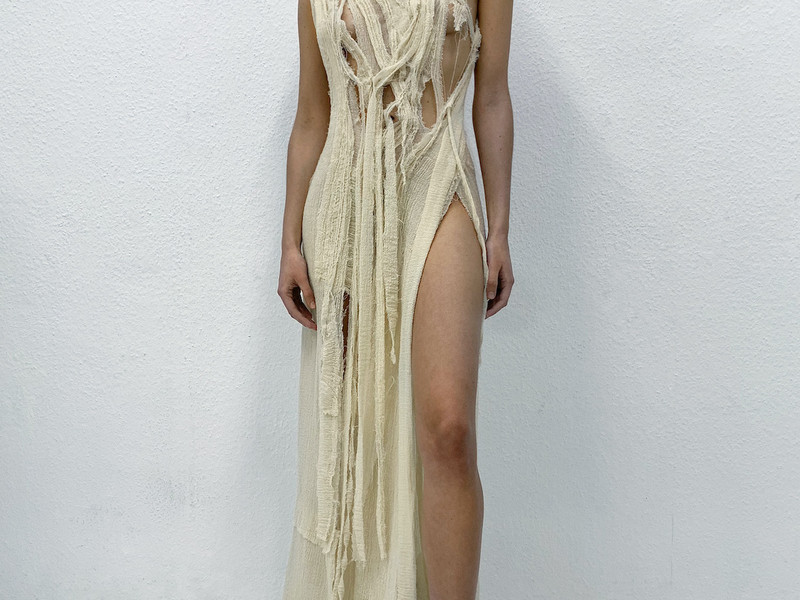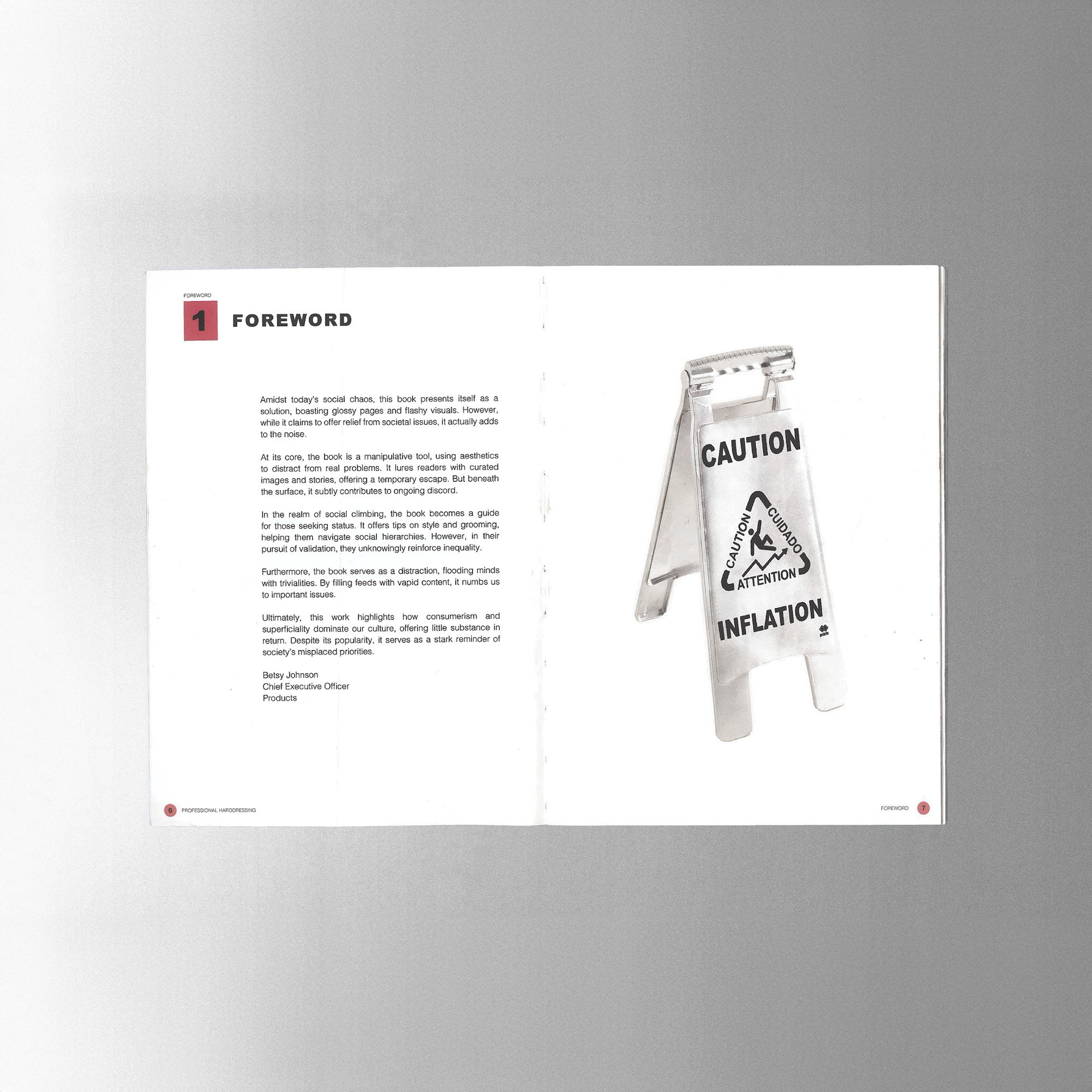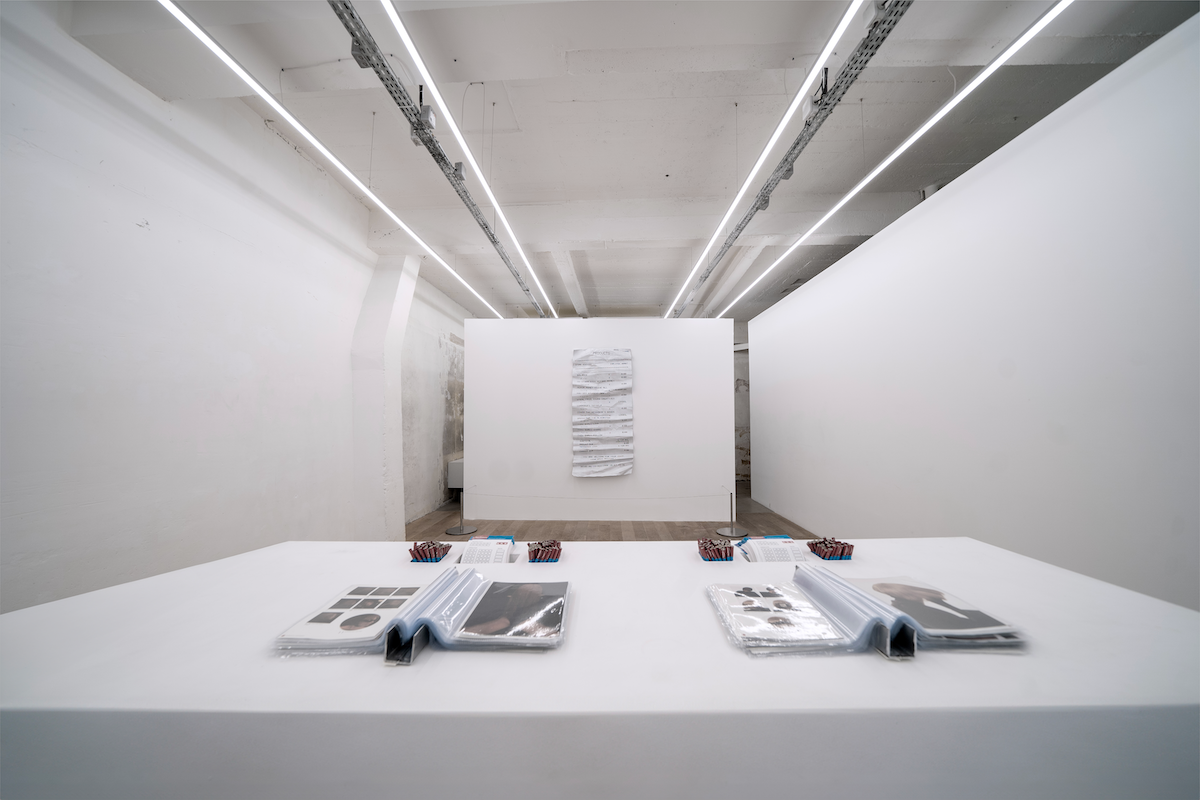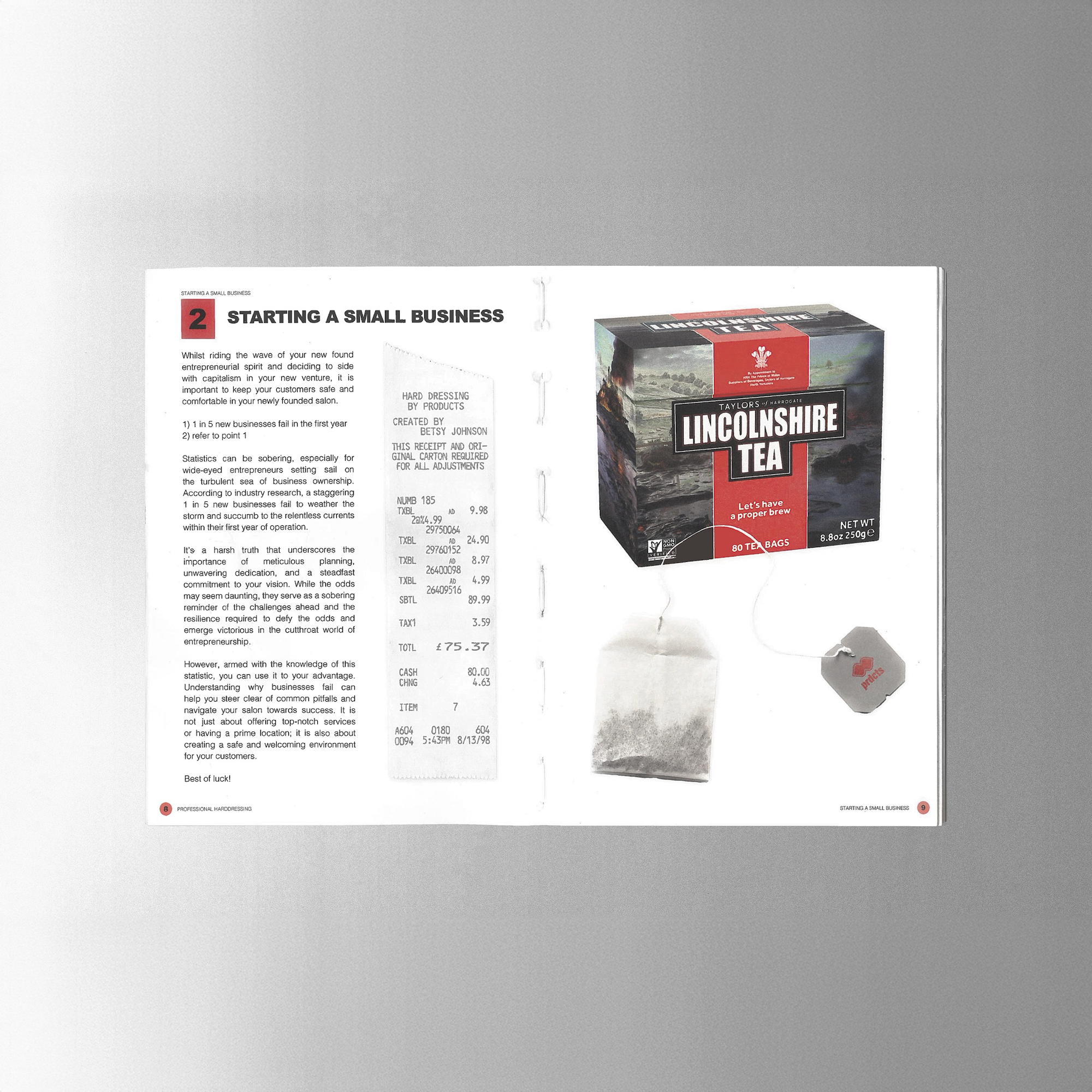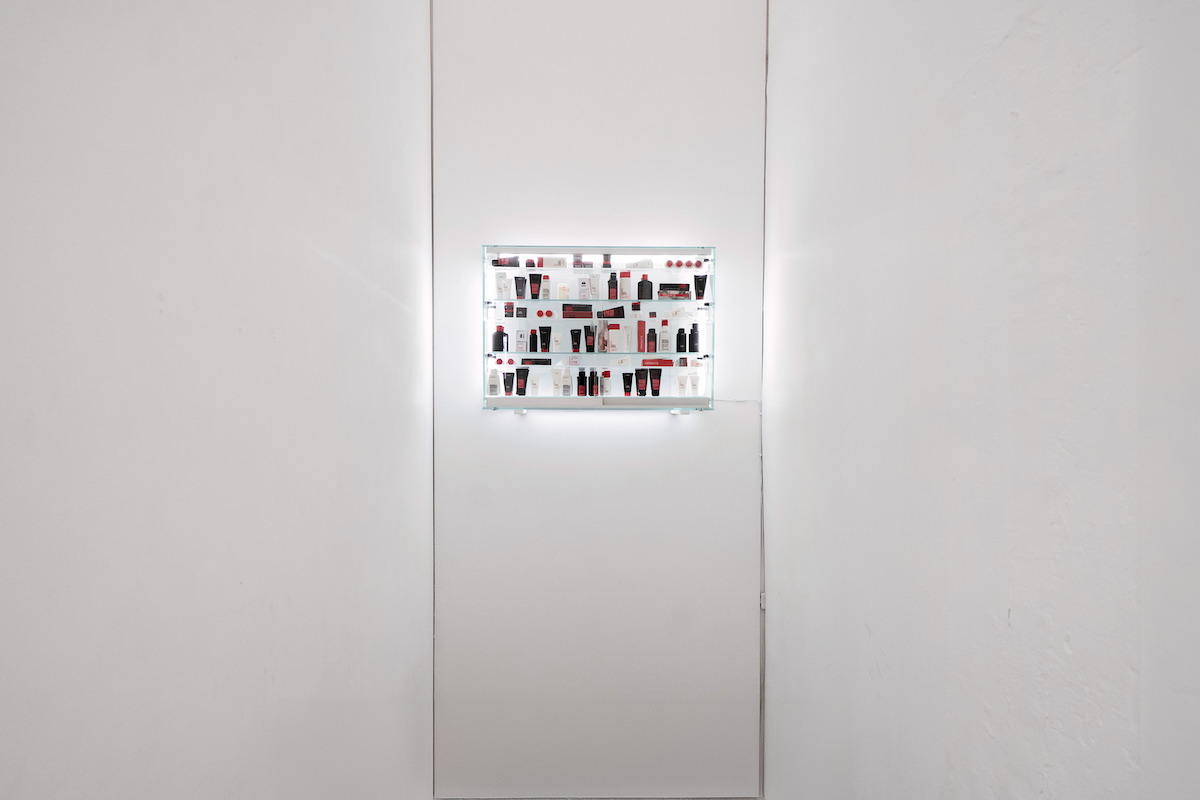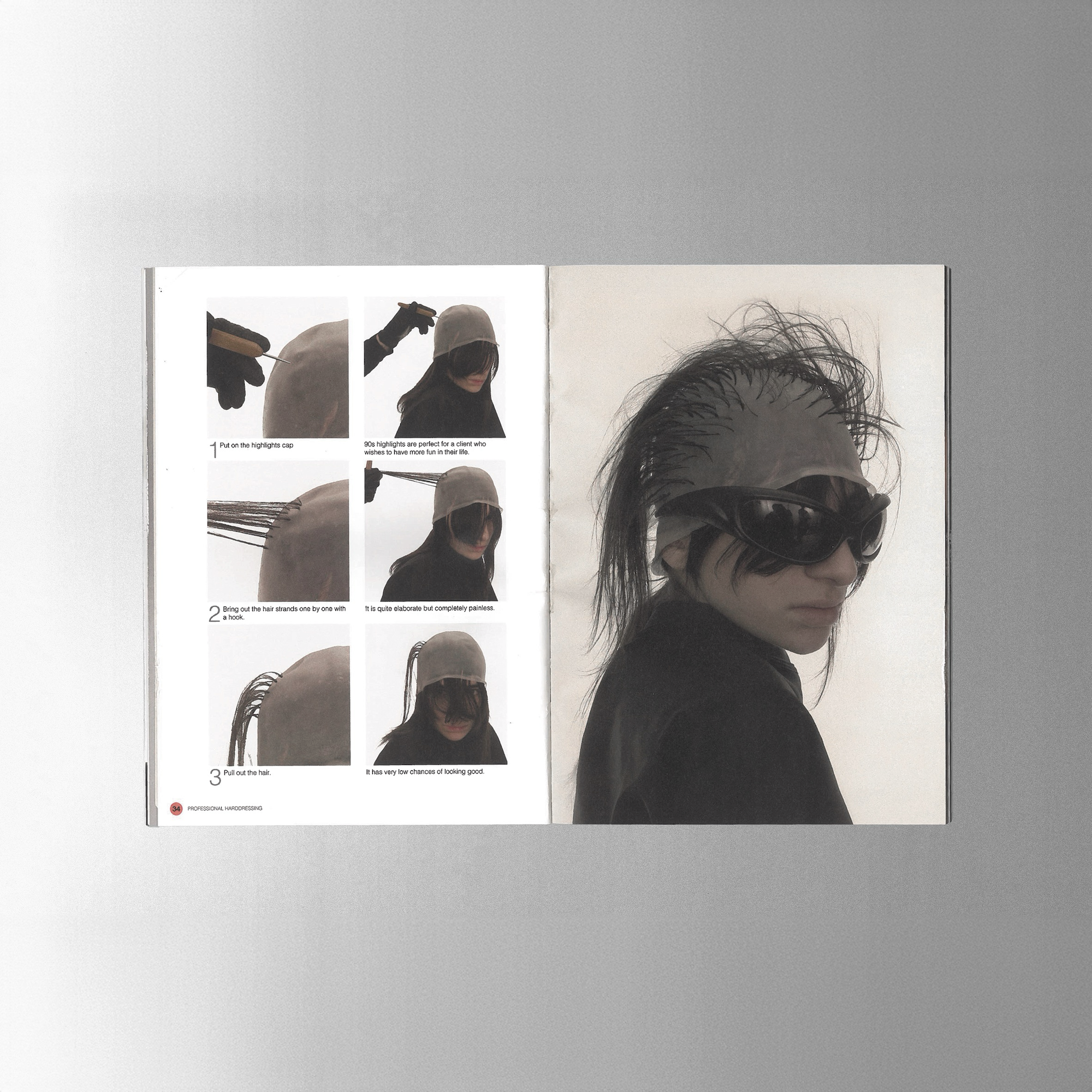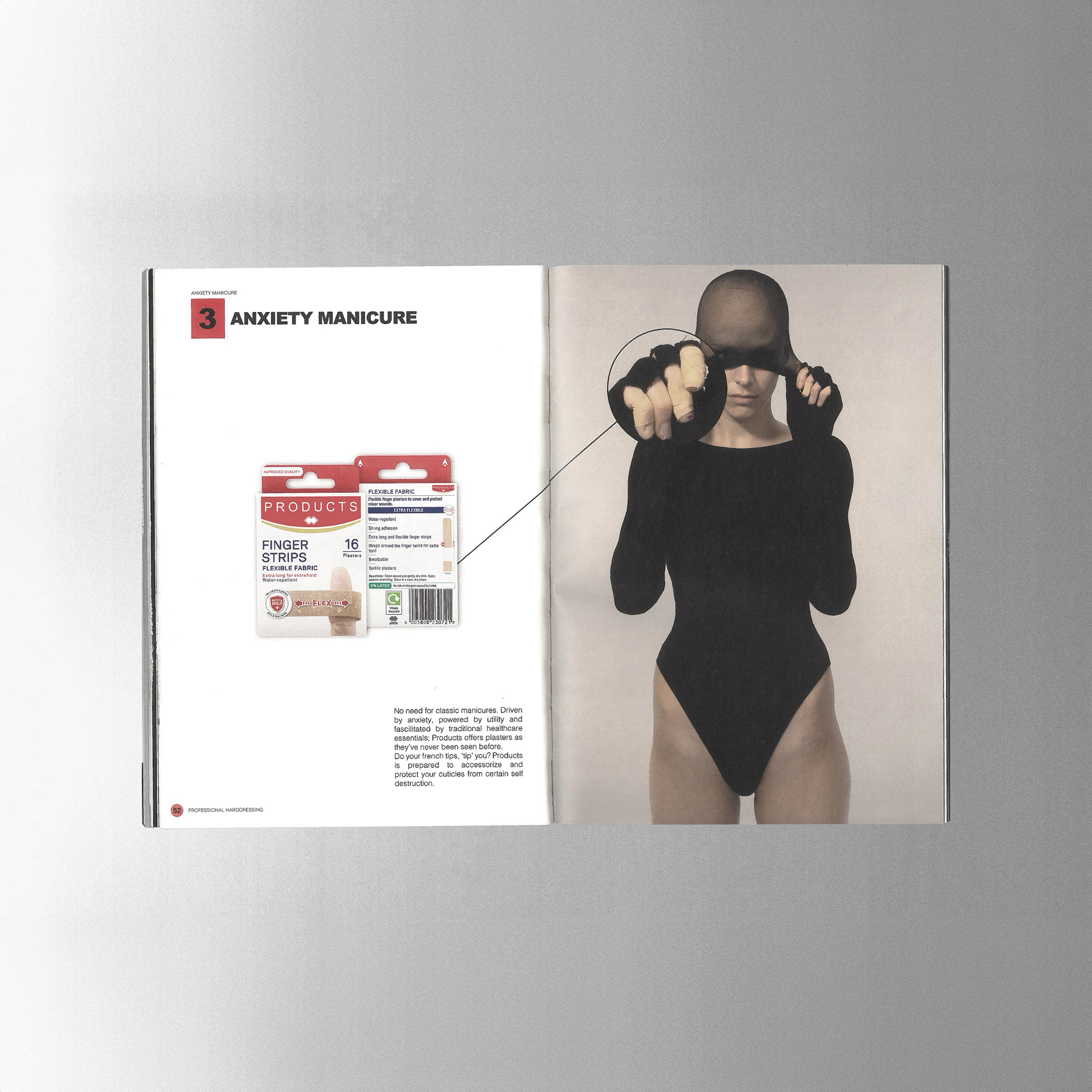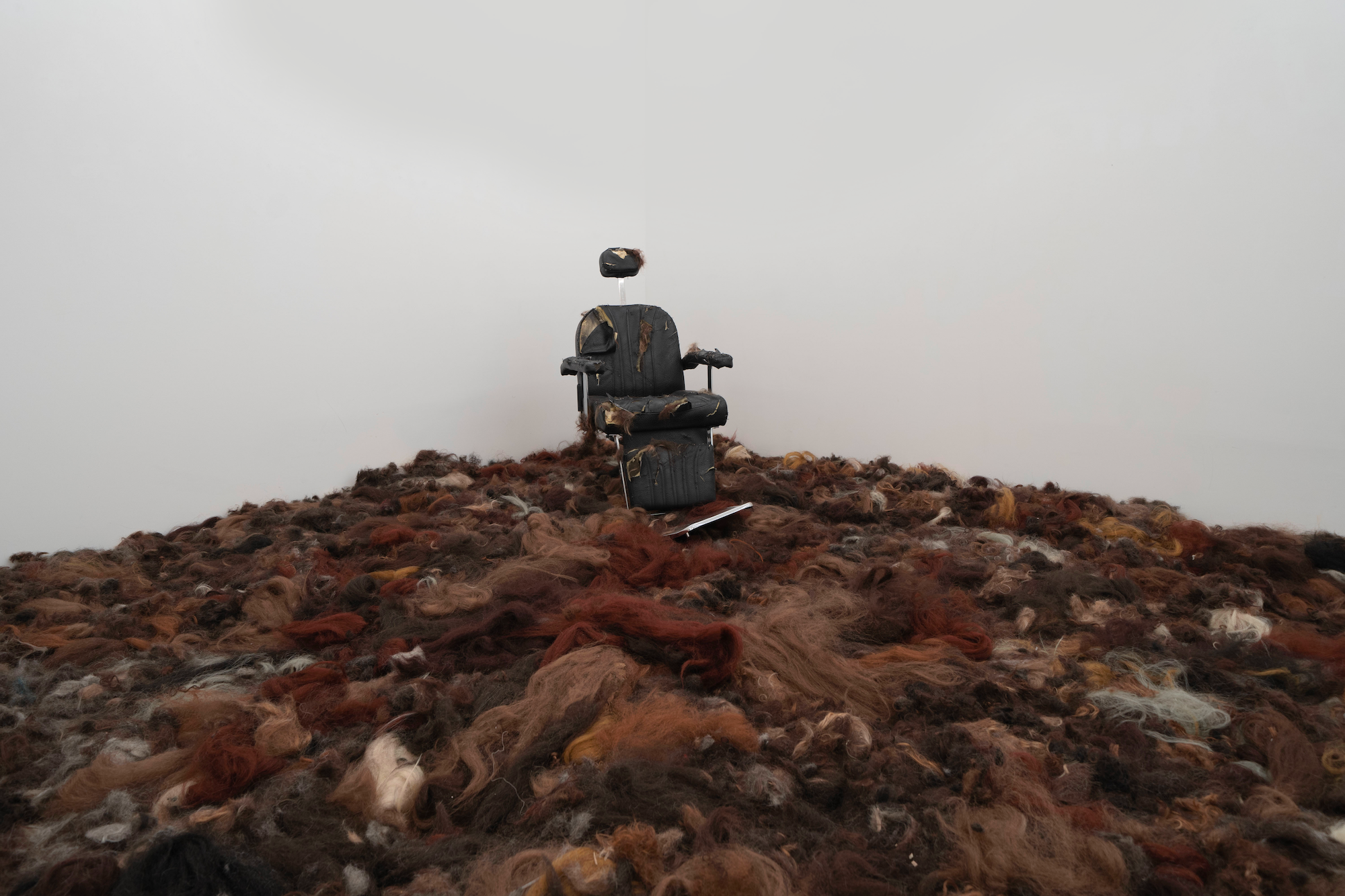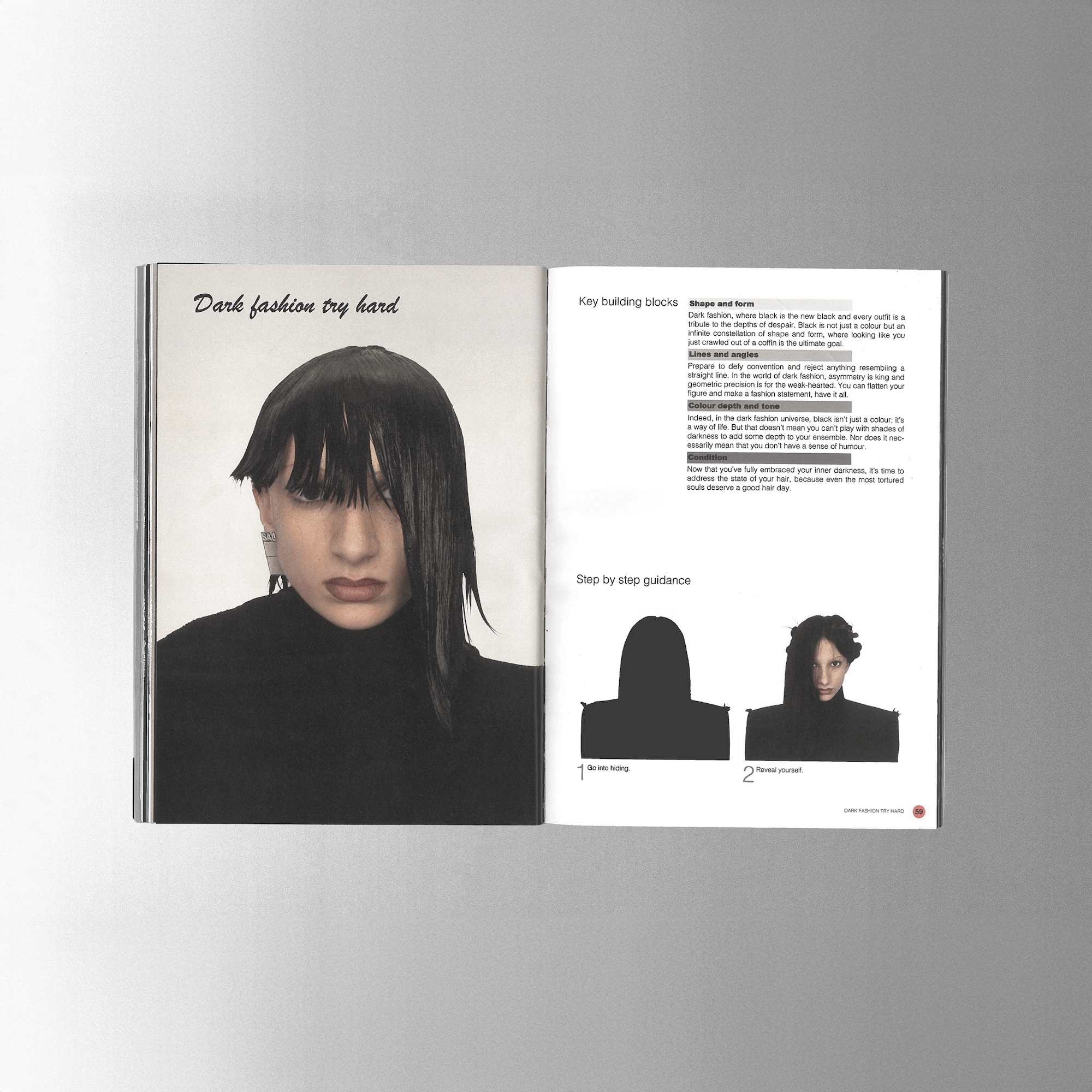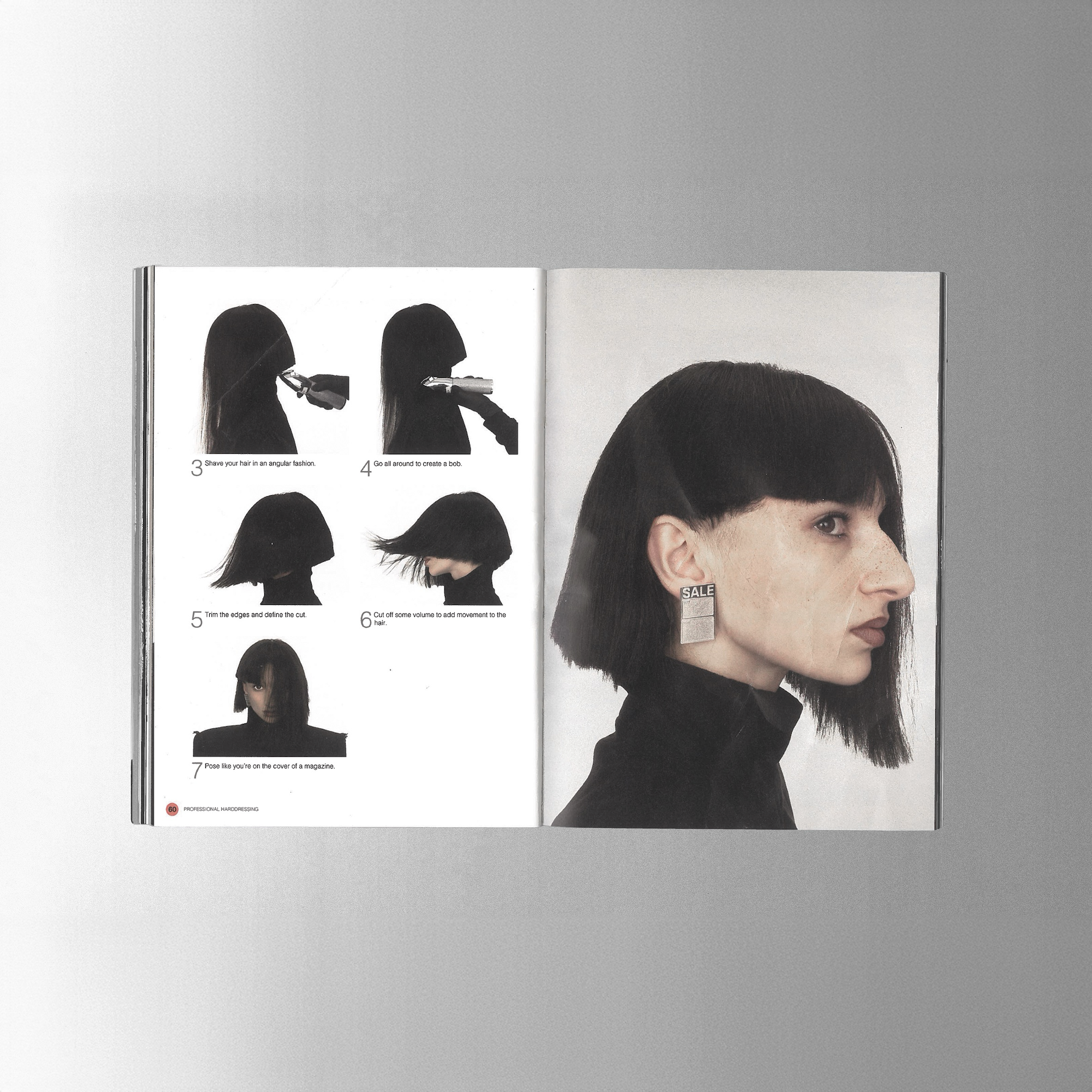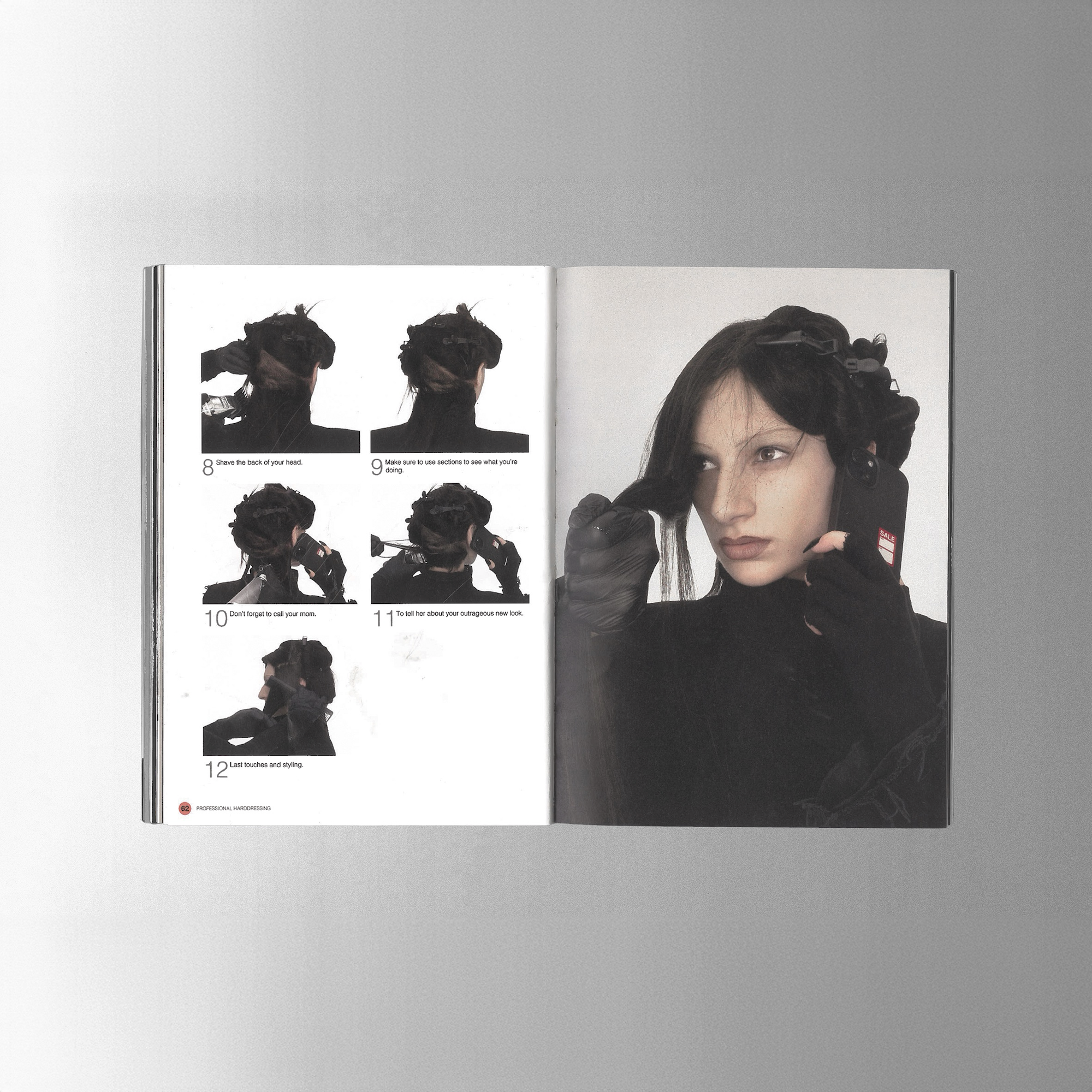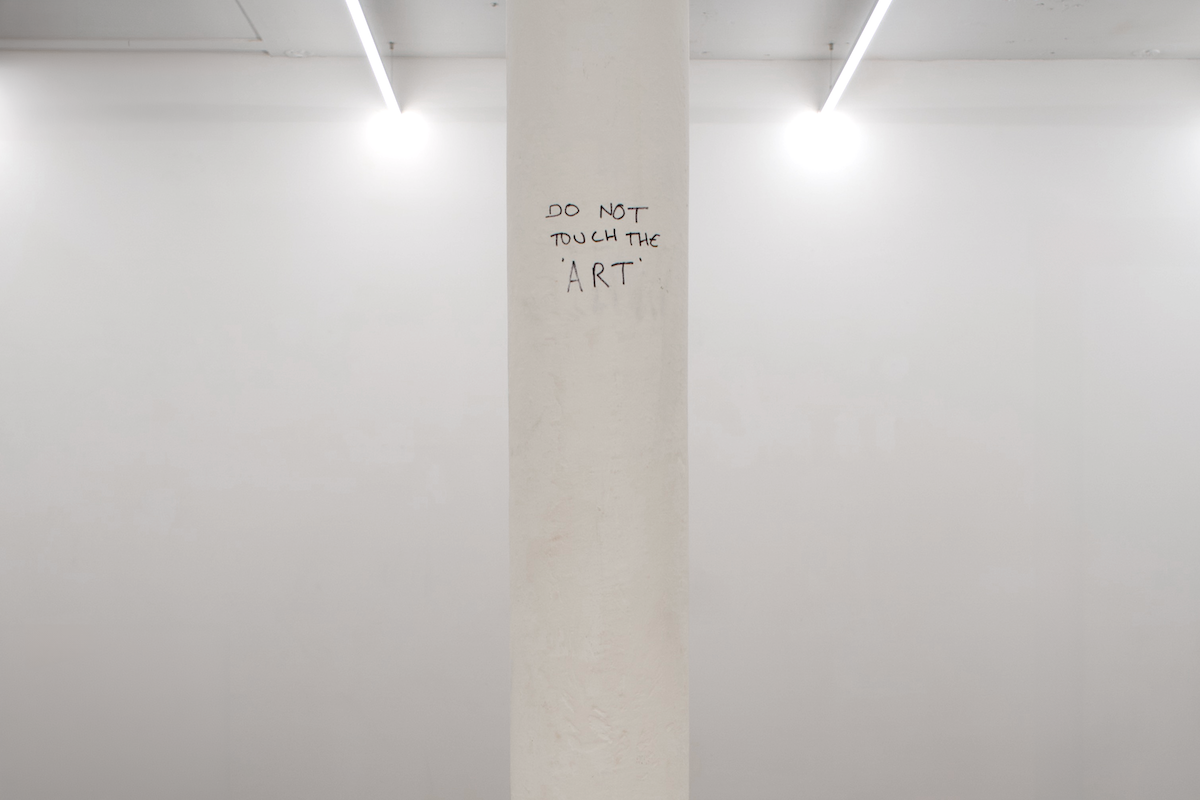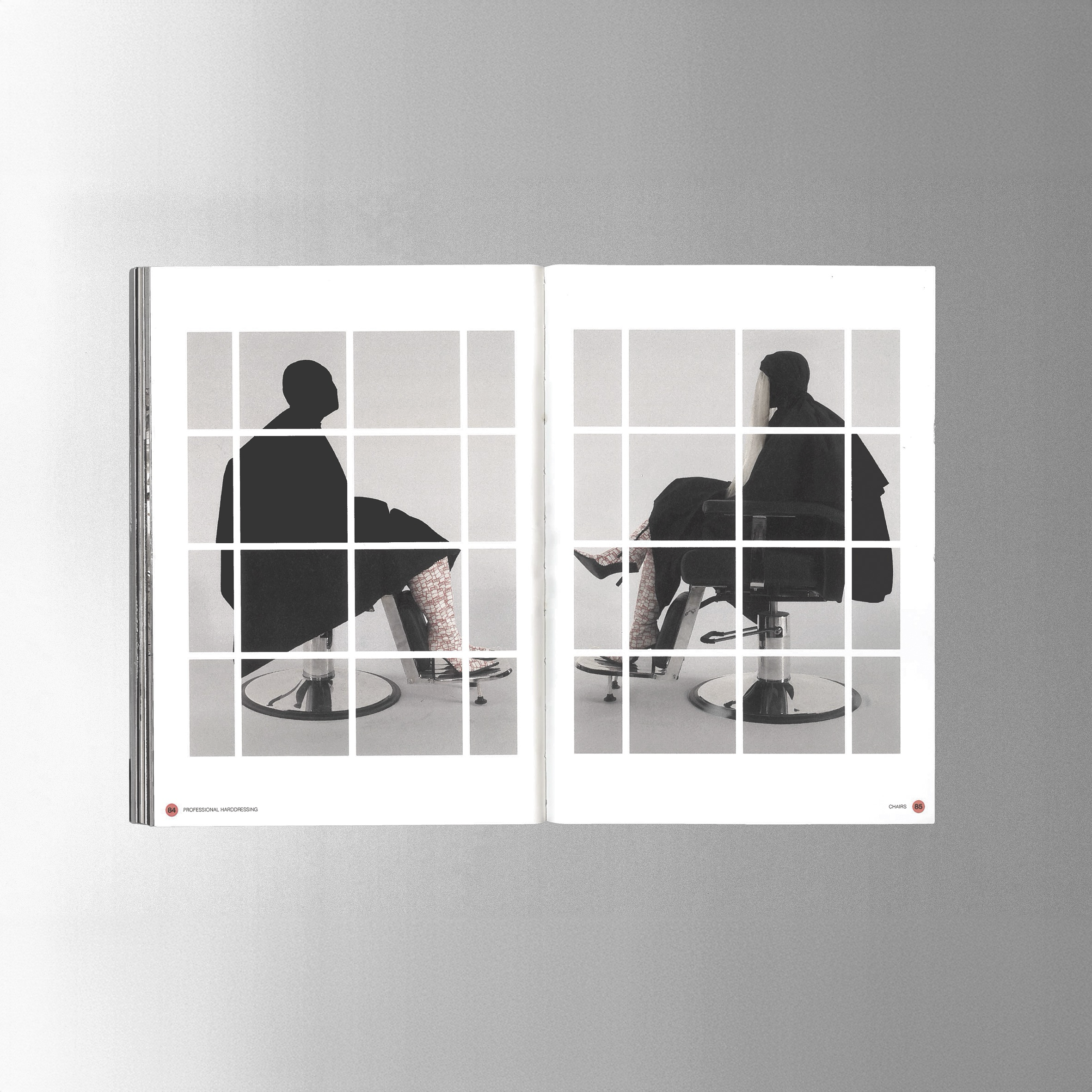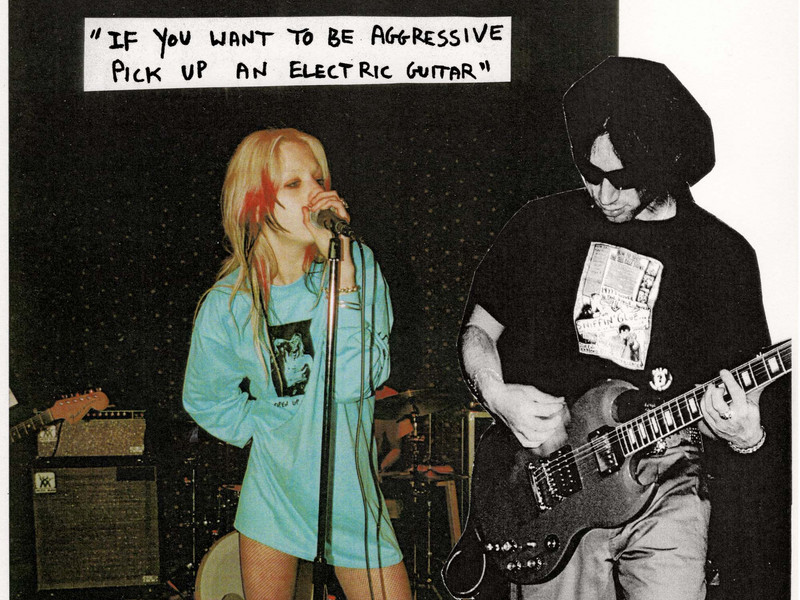BEYOND: Fashion Institute of Technology MFA Show 2024
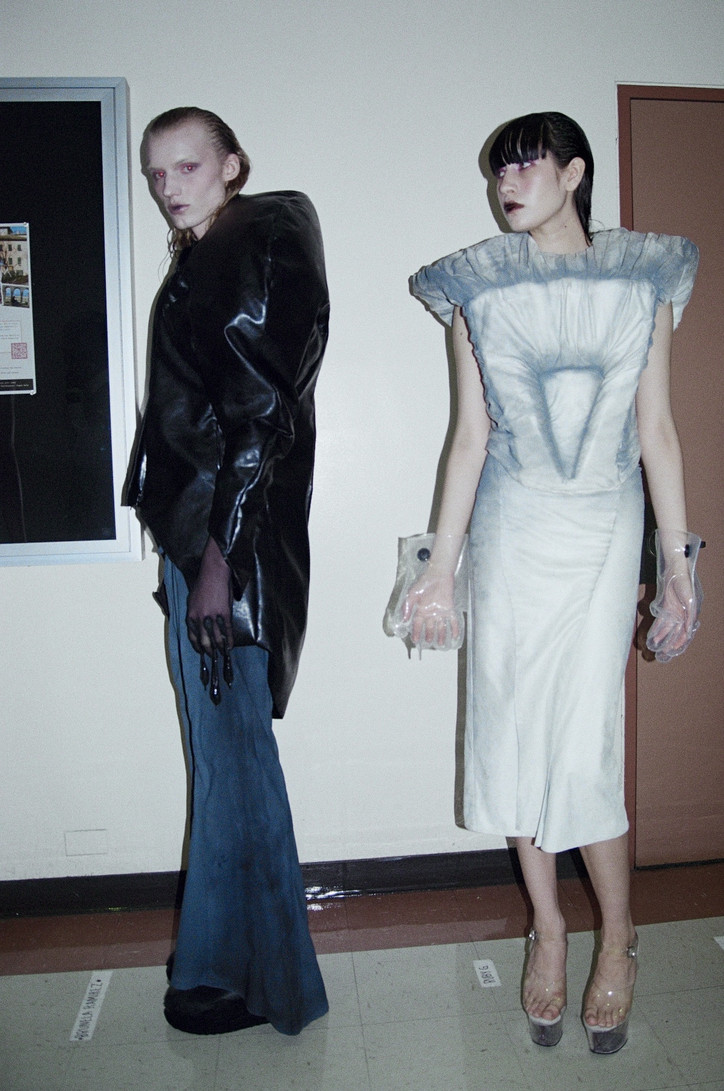

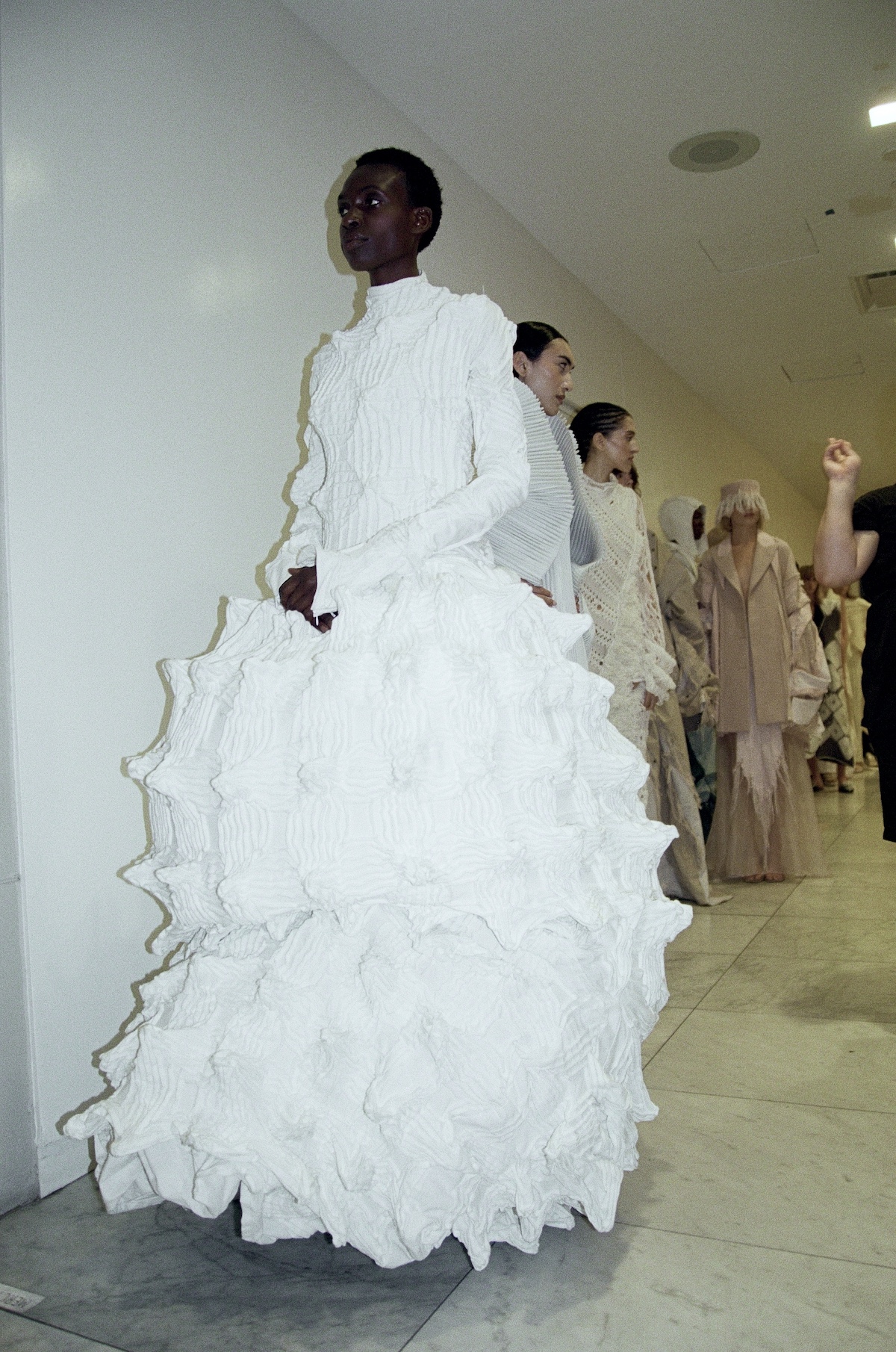
Bryan Barrientos
Juana tells the story of Bryan Barrientos’ mother, who migrated to the United States at 19. Through this thesis collection, he delves into the ongoing immigration crisis while exploring the experience of being a first-generation American. With deep admiration for his mother's resilience, the designer uses all-white garments to focus on the interplay of shadows and highlights within the materials.
Barrientos’ designs incorporate traditional Peruvian textures and silhouettes, with woven fabrics and natural dyes forming the foundation of each piece. With a background in evening wear, which he studied during his undergraduate years at FIT, he is a natural storyteller, skillfully using shape and volume to convey his family’s history to the audience.
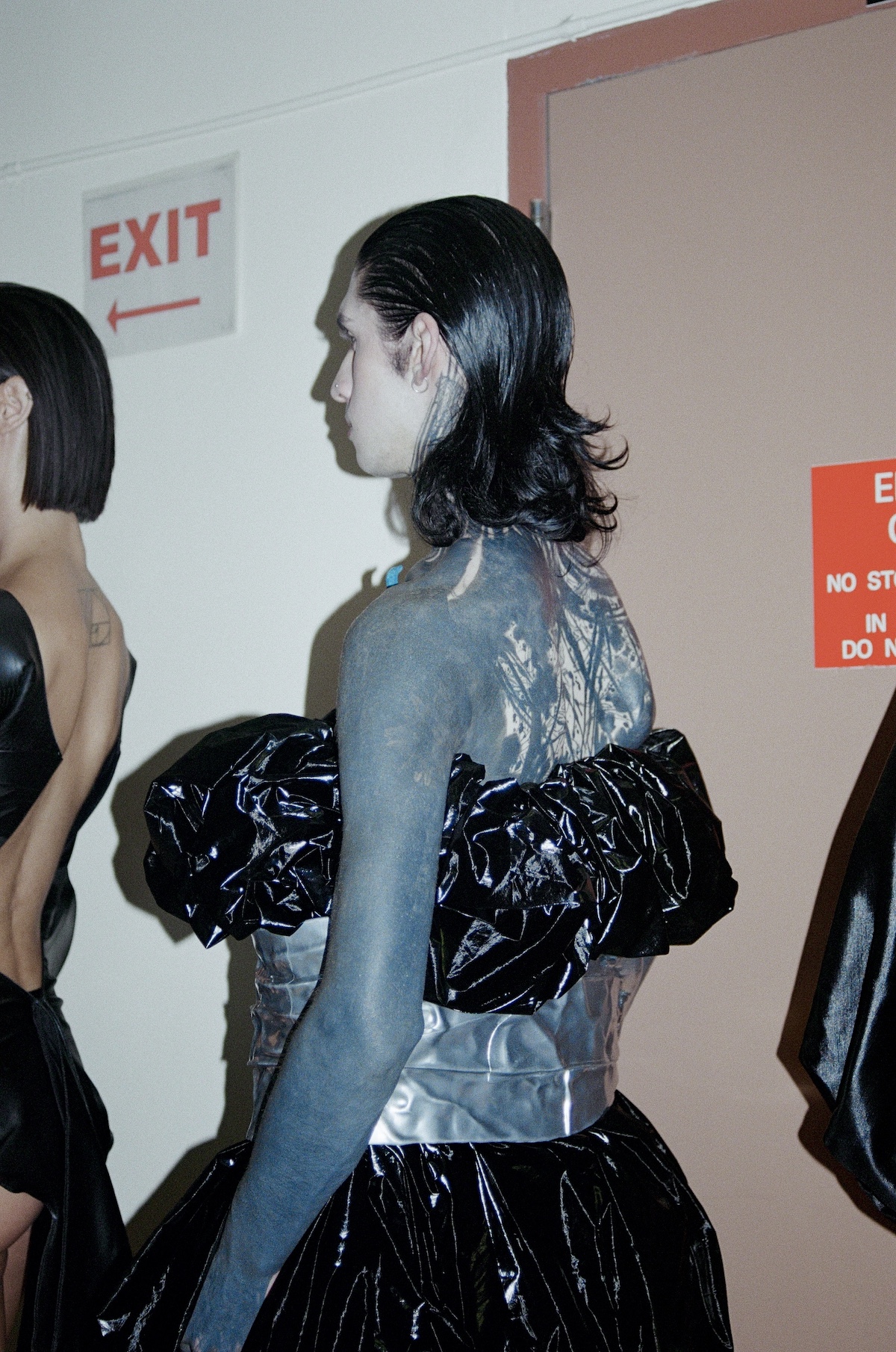
Yoon Seo Lee
Yoon Seo Lee is a streetwear designer whose 2024 collection draws inspiration from her childhood experiences trying to outsmart the TSA while traveling with her family. When she was young, she attempted to sneak her pet lizard into her suitcase, an act that would later shape the theme of her collection, aptly titled The Smuggler. The collection explores the concept that everyone has something they wish to hide—whether it's physical items or emotional baggage.
Through the use of 3D-printed details, Lee conveys the idea of concealing objects in plain sight, creating space where hidden elements can be folded. Many of the fabrics featured in the collection are sourced directly from her home in South Korea, adding a personal touch to each piece and grounding the futuristic designs in her cultural heritage.
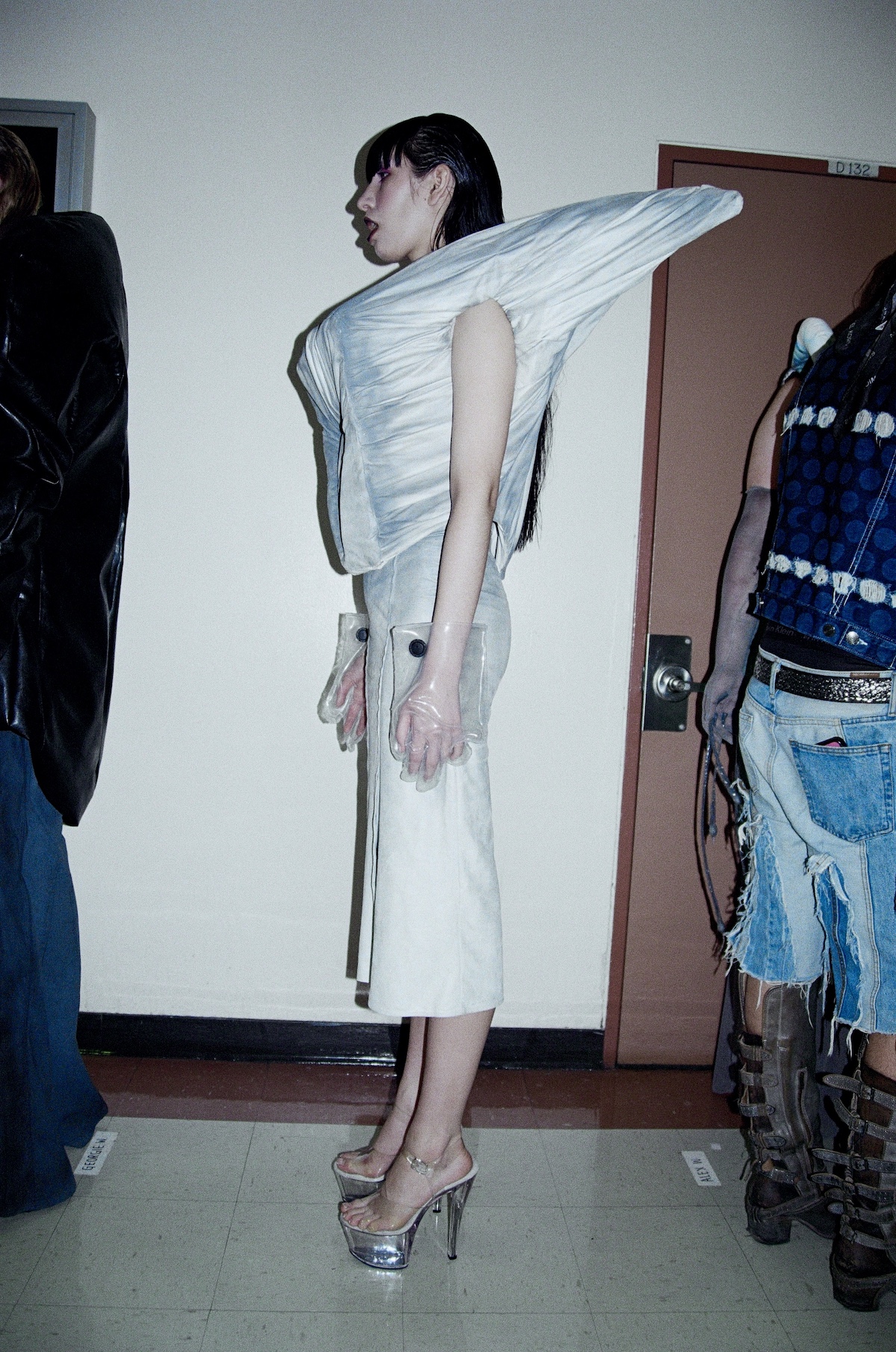
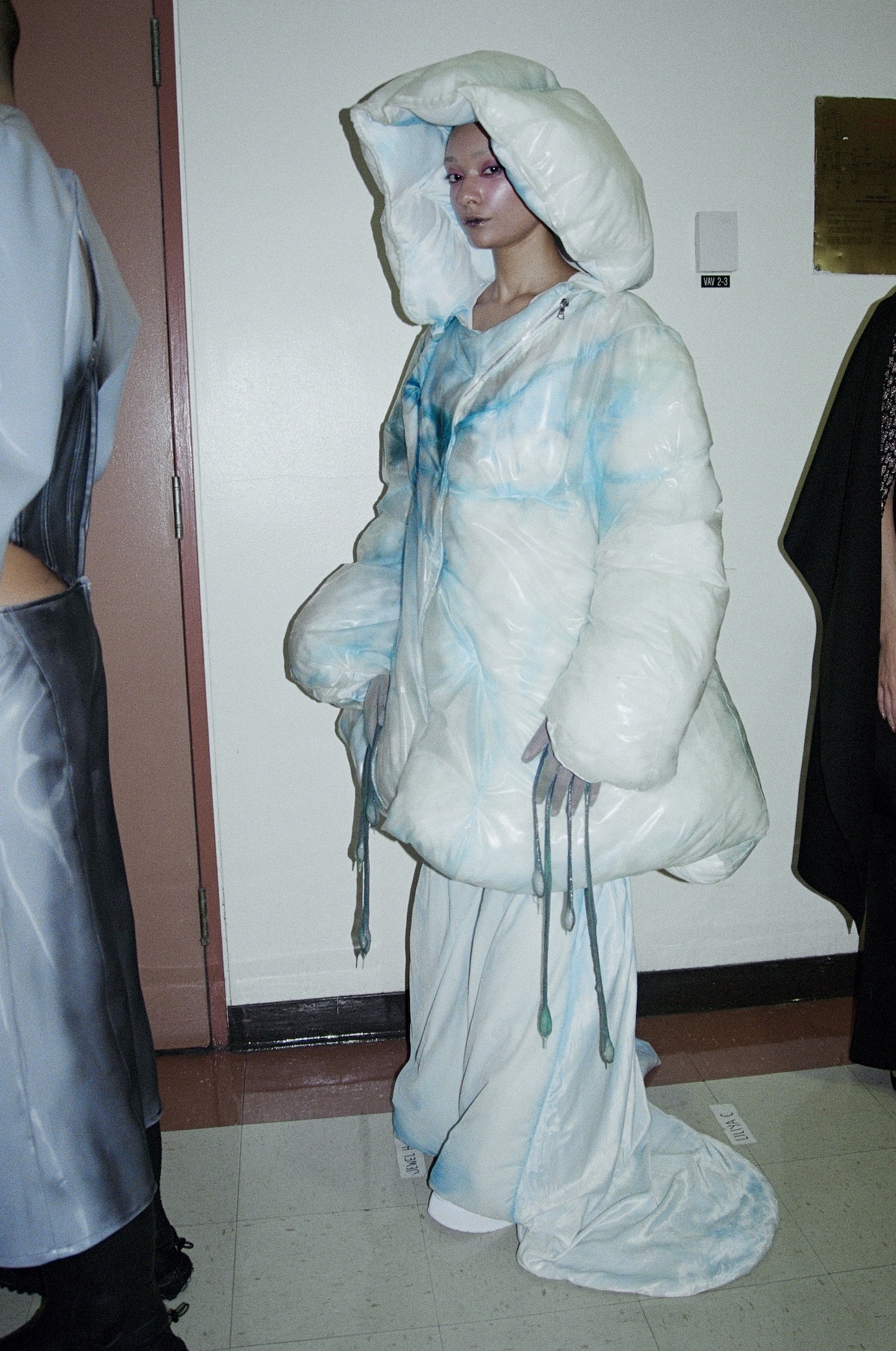
Brunela Ramirez
Titled Collection 0, Brunela Ramirez's debut explores the intricacies of world-building, much like the work of visionary film directors. Just as they craft immersive environments to evoke their inner emotions, Ramirez uses fashion to construct a narrative that reflects her own perception of reality. Born in Lima, Peru, her designs feature structured silhouettes, a nod to her deep research on how people adapt to their surroundings, and the influence of environment on personal identity.
Driven by a commitment to creating genderless fashion, Ramirez constantly seeks unconventional methods in her design process. She embraces the challenge of reimagining classic silhouettes in a way that is authentic to her vision as a designer, while also aligning with her values of sustainability. Most of the fabrics she uses are sourced from FABSCRAP, an organization focused on recycling and repurposing textiles, highlighting her dedication to eco-conscious fashion practices.
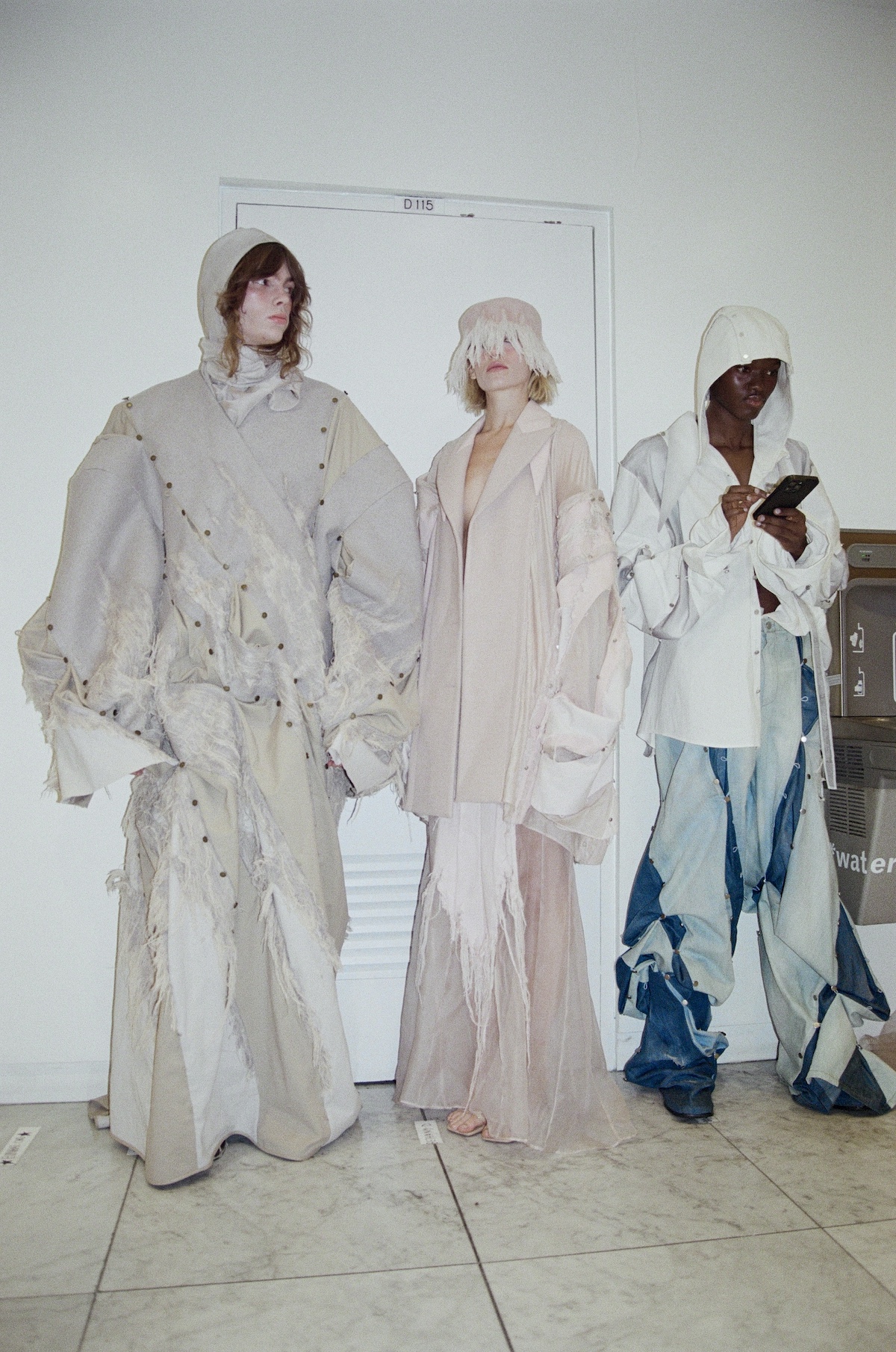
Eunhae Cho
It takes time for fossils to develop in nature. Eunhae Cho was fascinated by their slow development, naming her final collection Memory Fossils due to the unique colors, shapes, and textures of these bony structures.
Utilizing the concept of modularity, her garments can be adjusted, allowing individuals to create their own variation of the looks. As she puts it, “ the wearer becomes the artist.” The twisted patterns allow the pieces to expand and shift, making them as unique and dynamic as fossils themselves. Cho views this lineup as a fresh beginning, using deeply personal materials and textures. She began working on the pieces over winter break in Korea, initially planning to omit their wear and tear, but after experimenting with a swatch, she decided to incorporate it as a defining element of the collection.
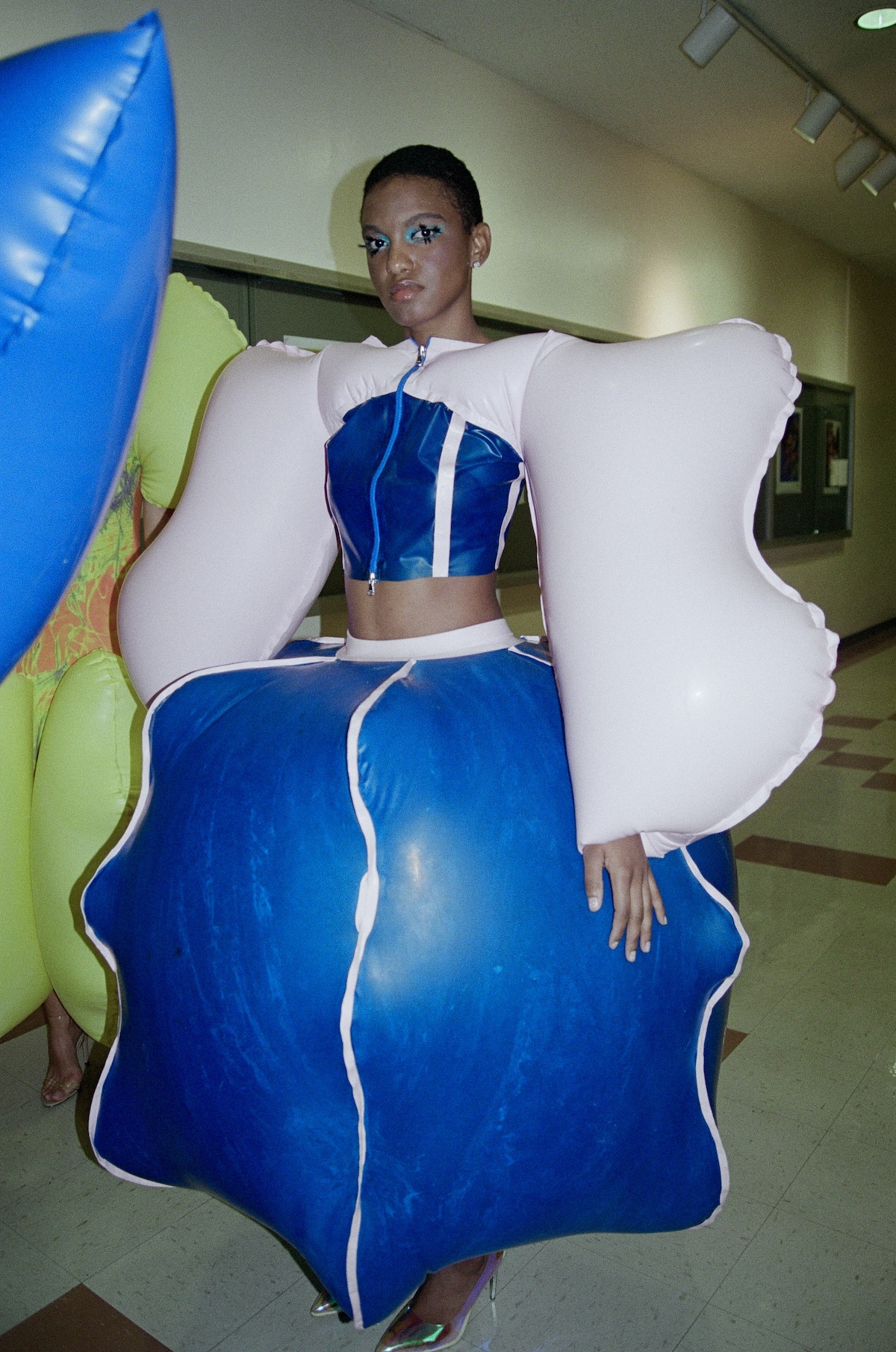
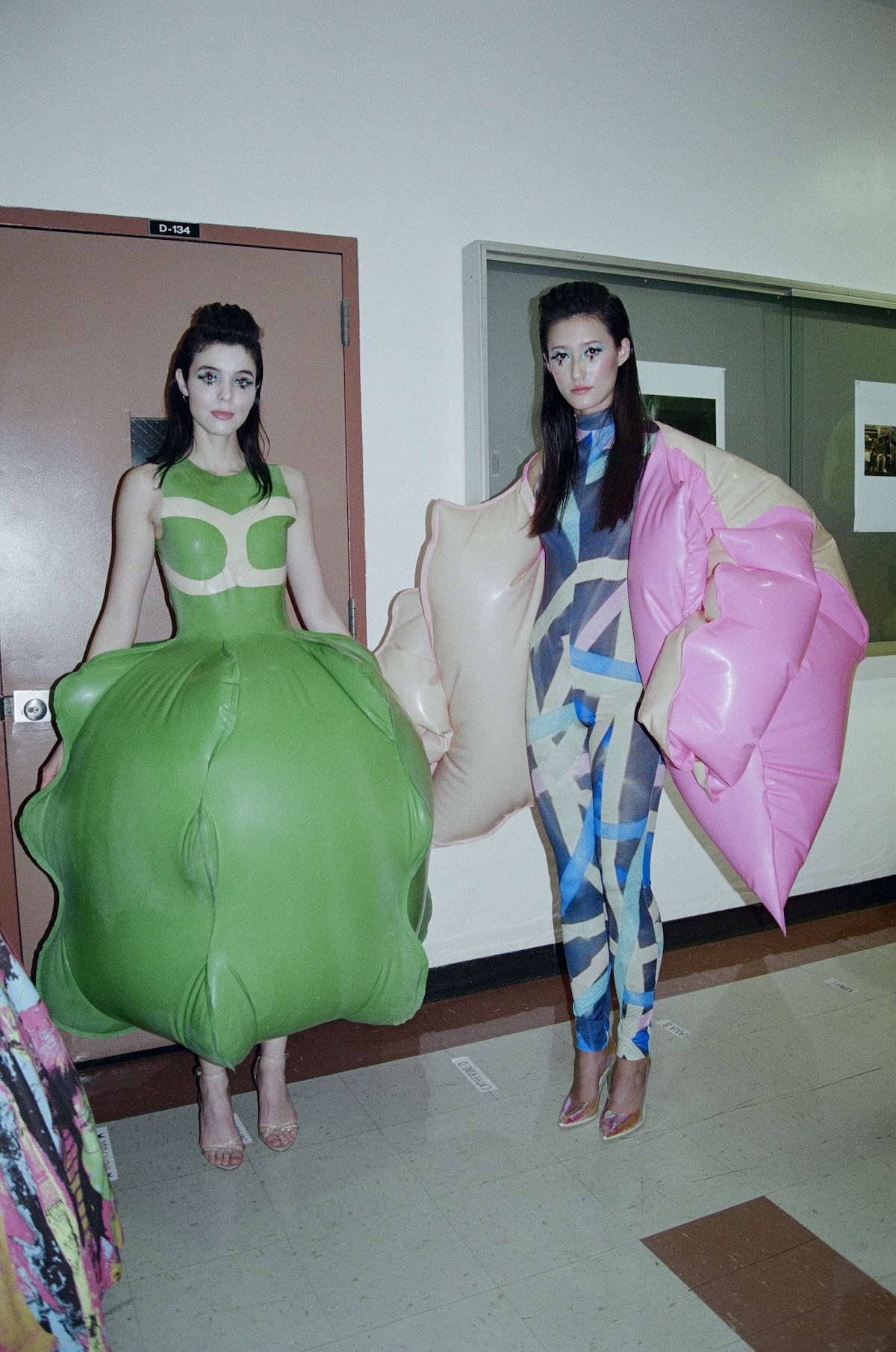
Talia Abbe
Tabbe Designs, the label created by Talia Abbe, debuted its collection titled Bubble Wrap at the FIT MFA showcase. Inspired by the positive and negative stimuli of the world, the designs reflect how people respond to their lived experiences. The collection serves as an introspective exploration of the gap between what we outwardly perceive vs. what’s happening internally. During the pandemic, Abbe’s personal struggles with mental health inspired her to create a representation that would show people they are not alone.
Although the theme is inherently heavy, she aimed to make the pieces fun and playful, showcasing the strength of community—a place where people feel comfortable and supported. The idea for the latex inflatables in the line came to Abbe during her first year of research, combining the sensation of tightness, representing suffocation, with the inflated form that suggests a protective layer.
